The best 4K camera 2025: top choices for video creators
The best 4K cameras for movie makers and content creators
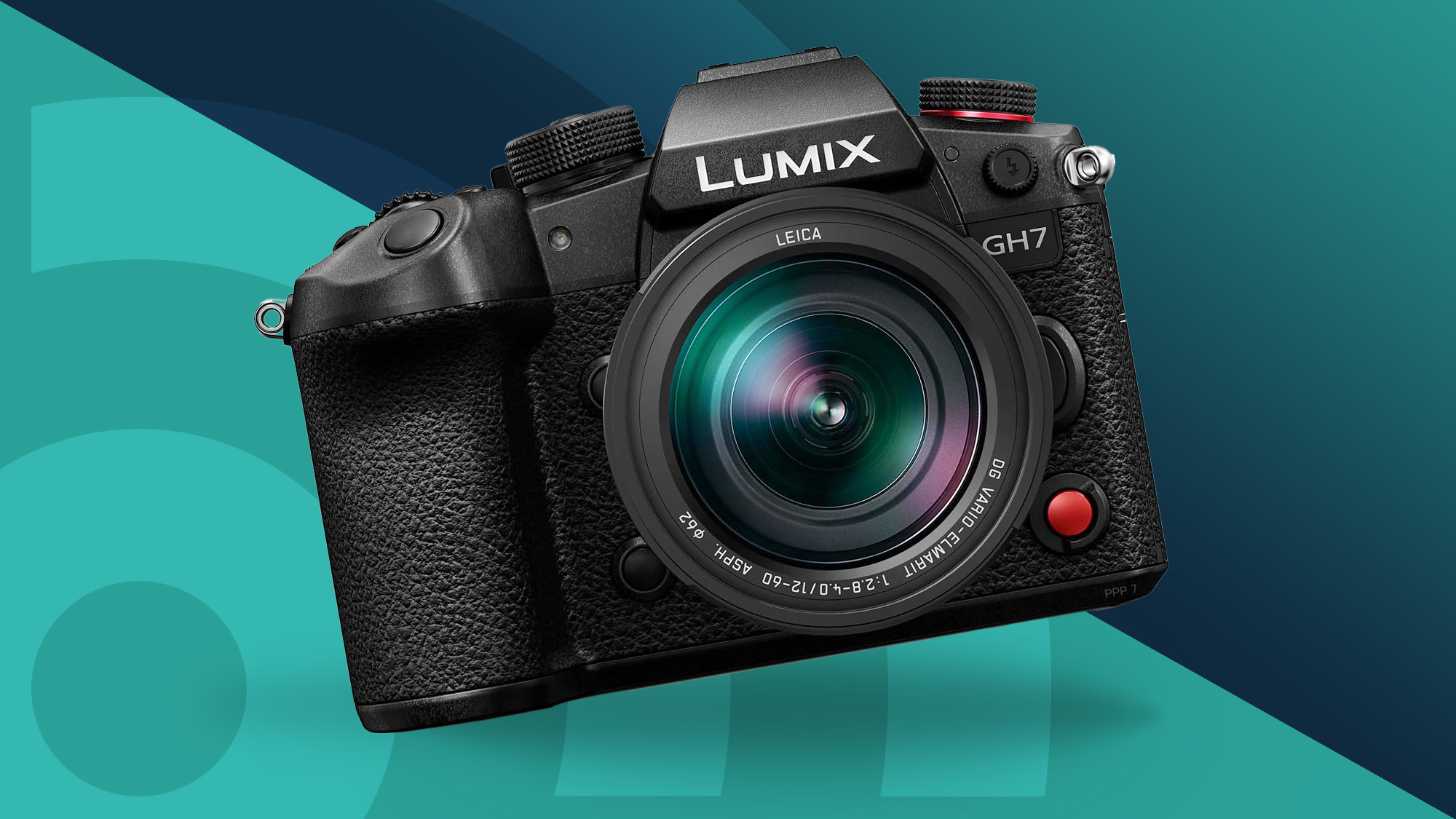
Any camera worth its salt in 2025 can shoot 4K video, but not all 4K cameras are made the same. The best camera phones can all shoot 4K, for example, but you’ll get much better low-light results from a full-frame camera. That’s why we’ve tested a whole range of 4K cameras and ranked our favorites in this guide, covering options for every need and budget.
If we had to pick just one 4K camera to shoot with, it would be the Panasonic Lumix GH7. In on our experience, its Four Thirds sensor hits the sweet spot between portability and performance. Blessed with a range of pro-friendly features and an arsenal of cinematic 5.7K modes, we think it offers great value overall. That said, you might find a better fit in our list. The Fujifilm X-M5, for example, is our favorite entry-level 4K camera.
Each recommendation in our round-up is based on the feedback of our expert reviews team. We put every camera through its paces in a series of real shooting situations, to assess everything from build quality to image stabilisation. We’ve distilled and divided the results of those tests in the summaries below
Top 3 picks
If you want to get directly to the best 4K camera, the quick list below will give you an instant summary of our favorite options for all kinds of filmmakers. When you find one that takes your fancy, use the links beneath each entry to jump to our full summary.
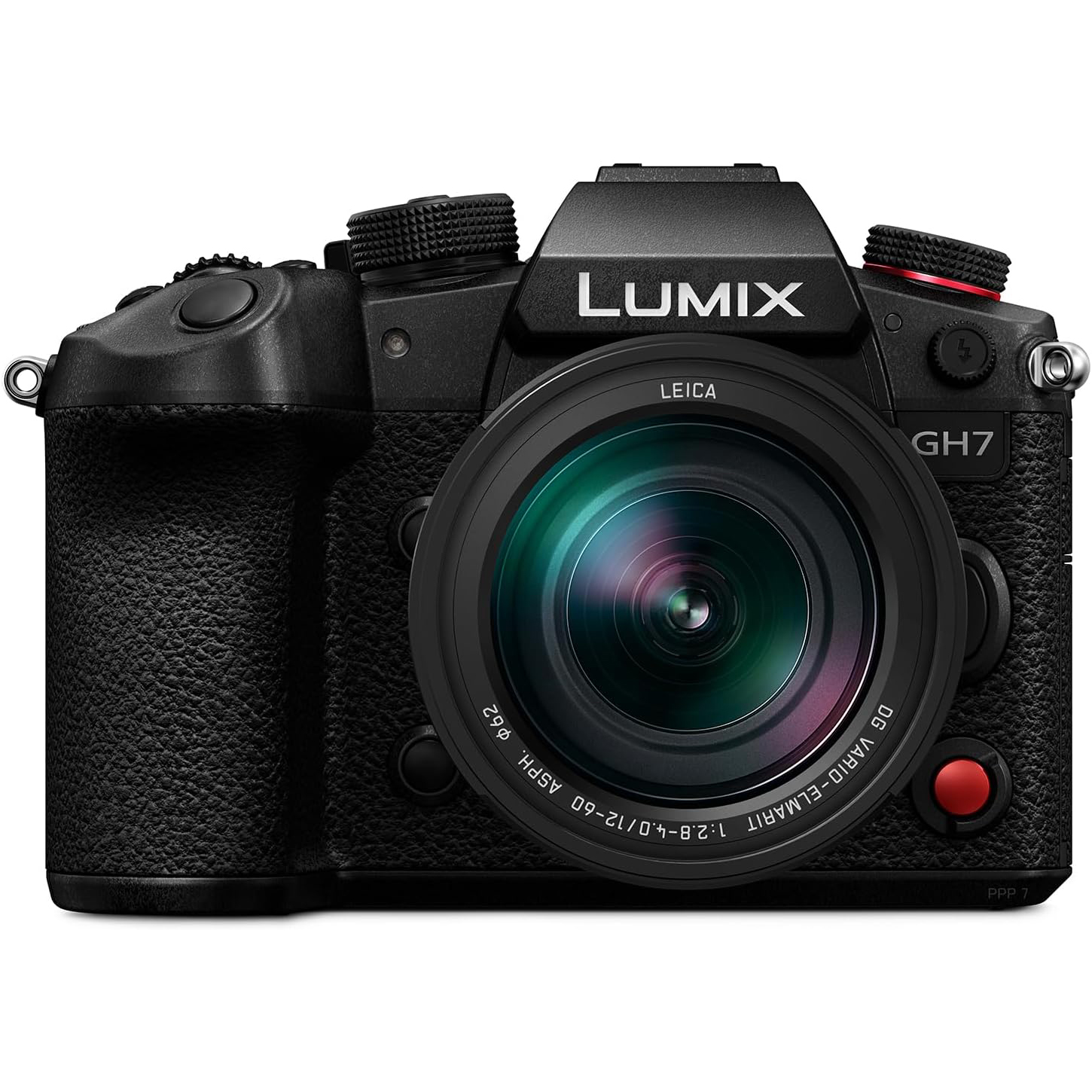
The best 4K camera overall
A lightweight that's lovely to handle, the Panasonic Lumix GH7 is a 5.7K movie machine that’s stacked with video modes and features.
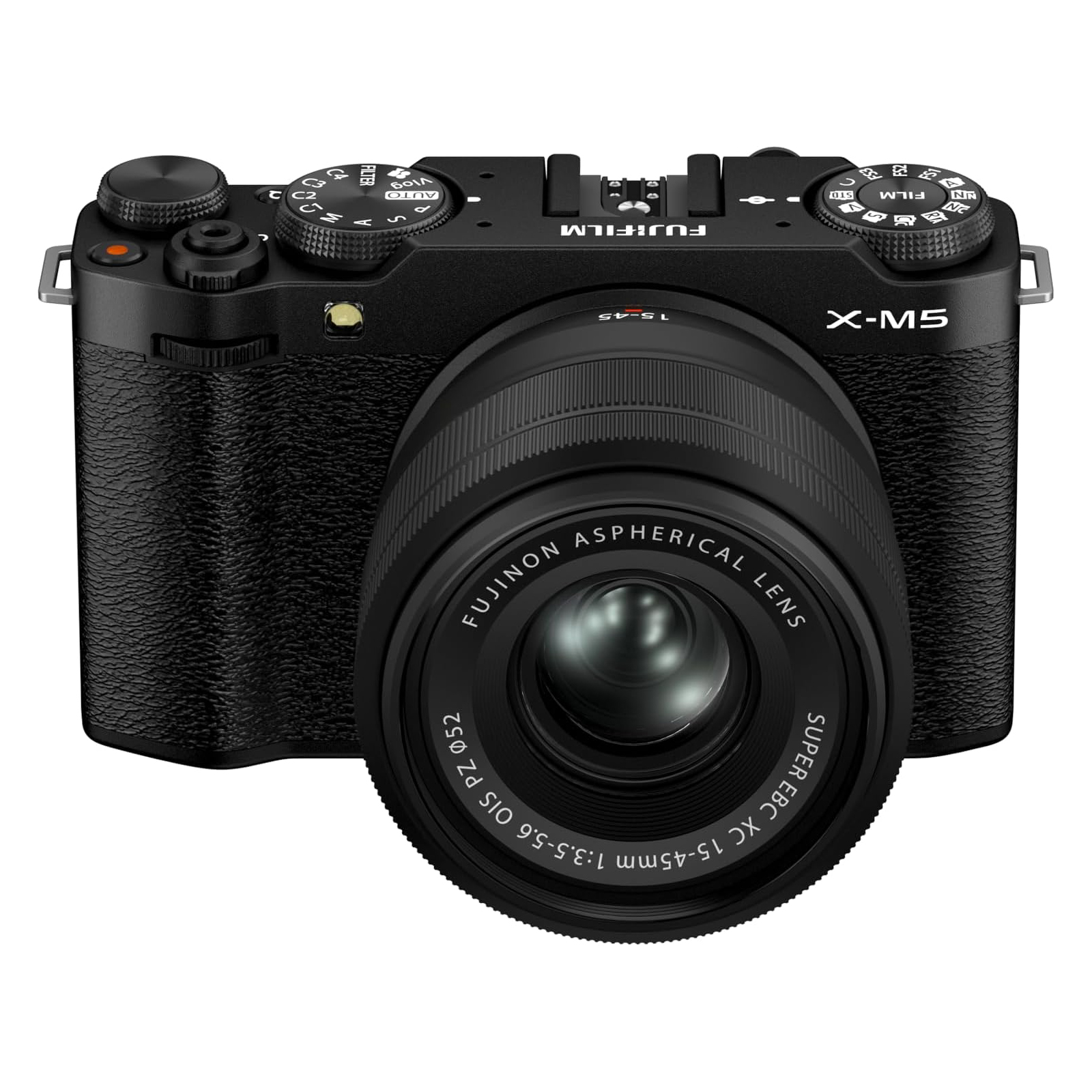
The best cheap 4K camera
A tiny and cheap(ish) retro camera that packs a punch, with 6K video, Full HD vertical video and a dedicated dial for quick access to Fujifilm's trending Film Simulations.
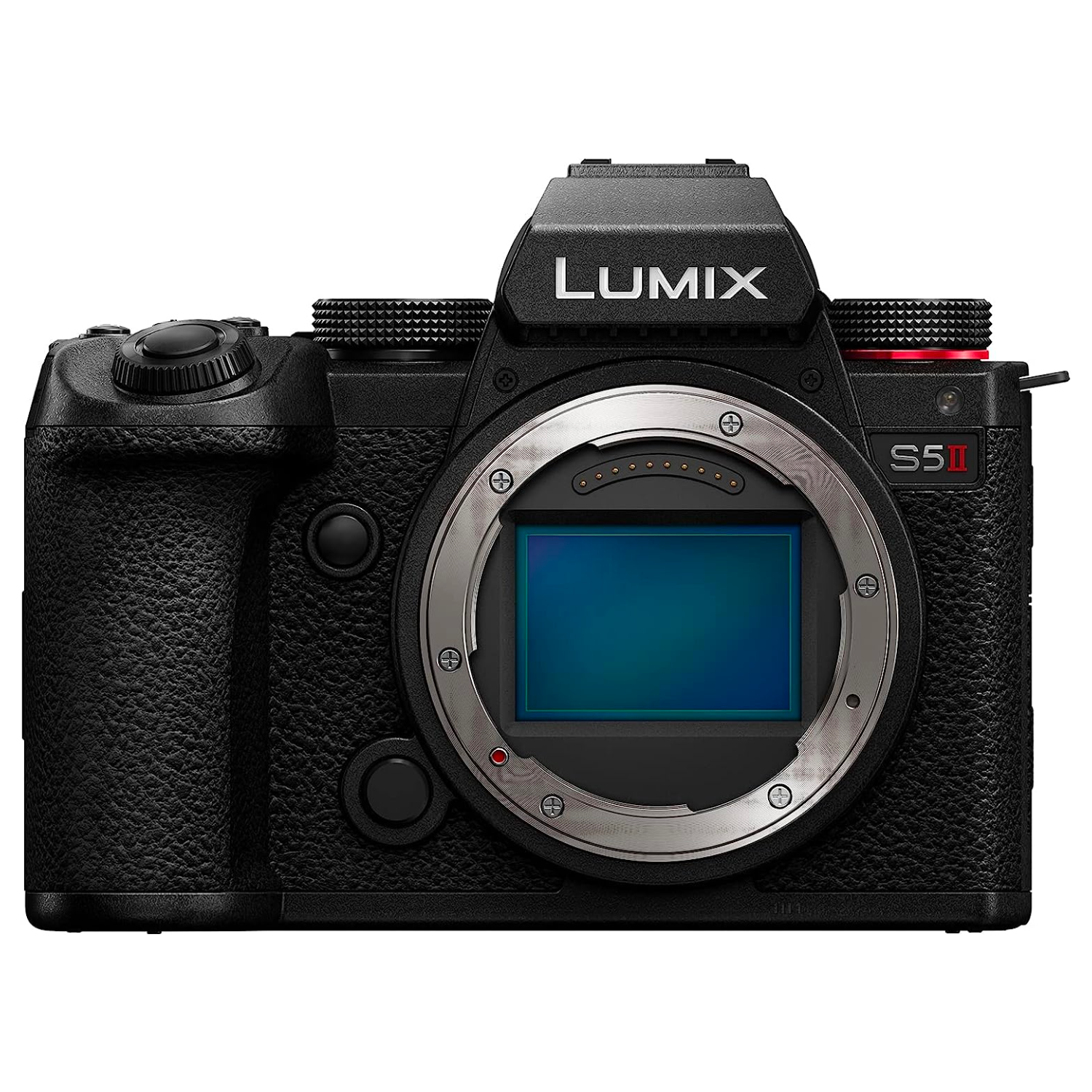
The best value full-frame 4K camera
Using phase detection AF and effective stabilization, the Panasonic Lumix S5 II is a versatile workhorse that shoots uncropped 6K video.
Best by use-case
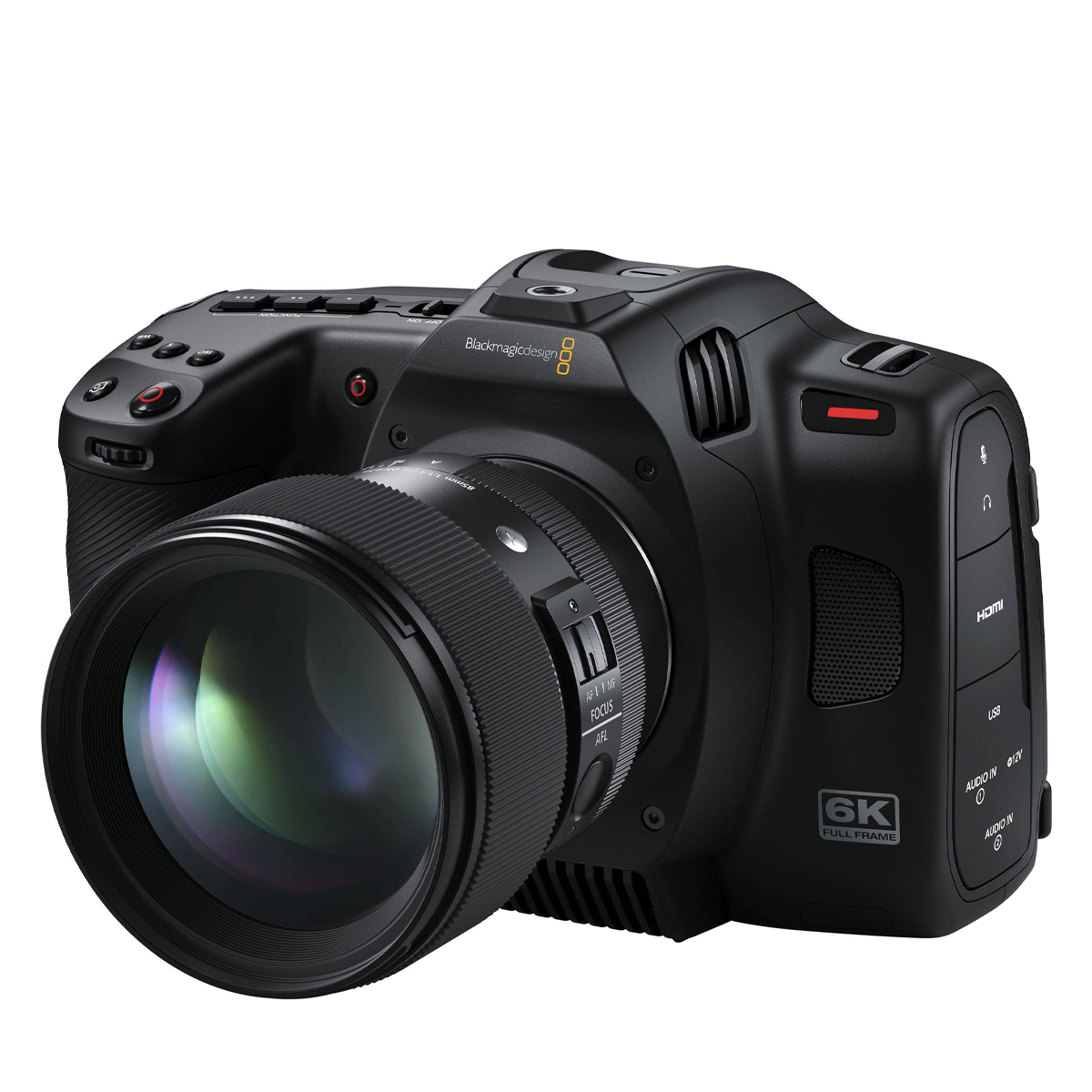
The best 4K filmmaking camera
Superb 6K quality, impressive low-light performance and a neat workflow make this the full-frame camera of choice for seasoned filmmakers.
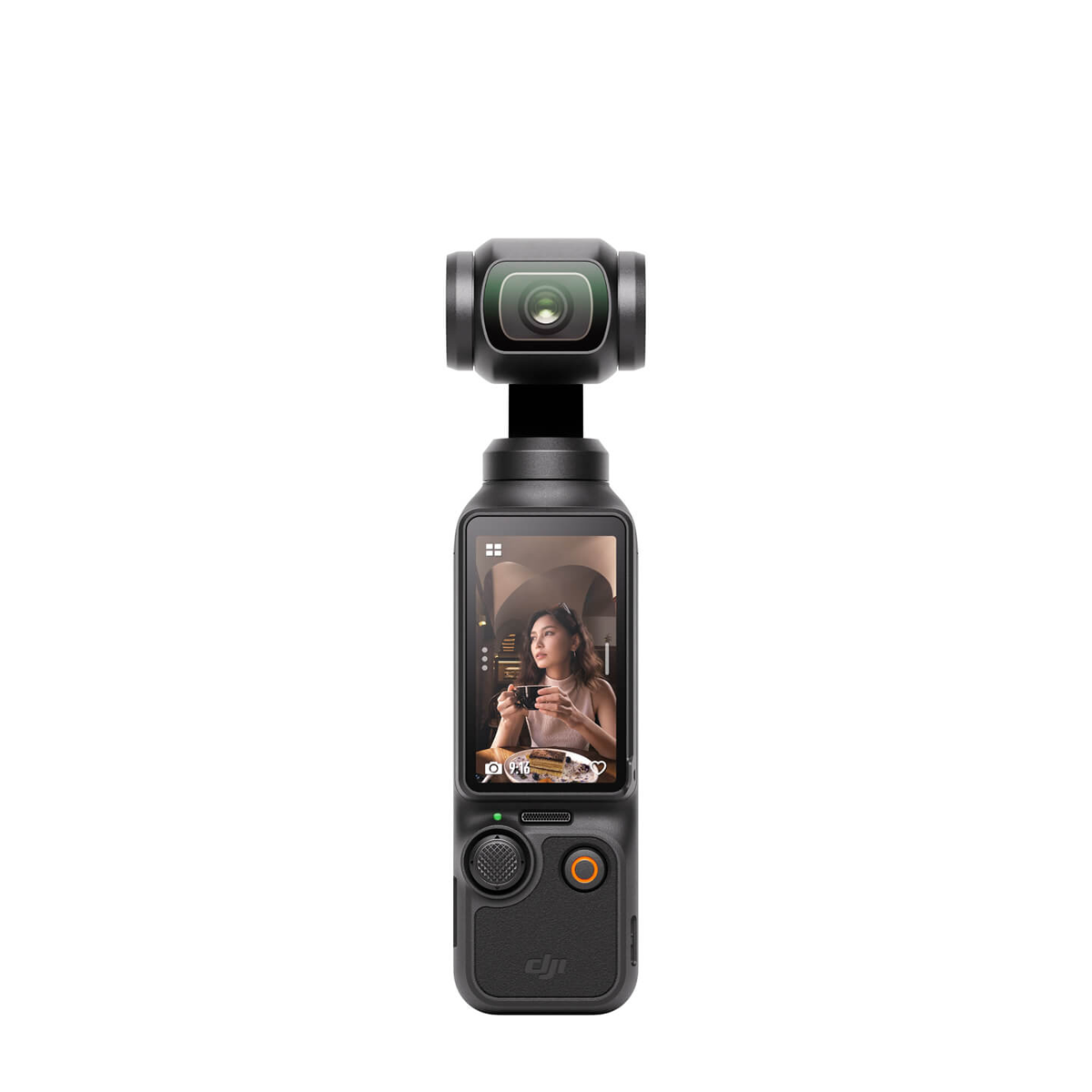
The best pocket 4K camera
Portrait recording, a capable 1-inch sensor and a useful rotating touchscreen make this DJI's most complete pocket vlogging camera to date.
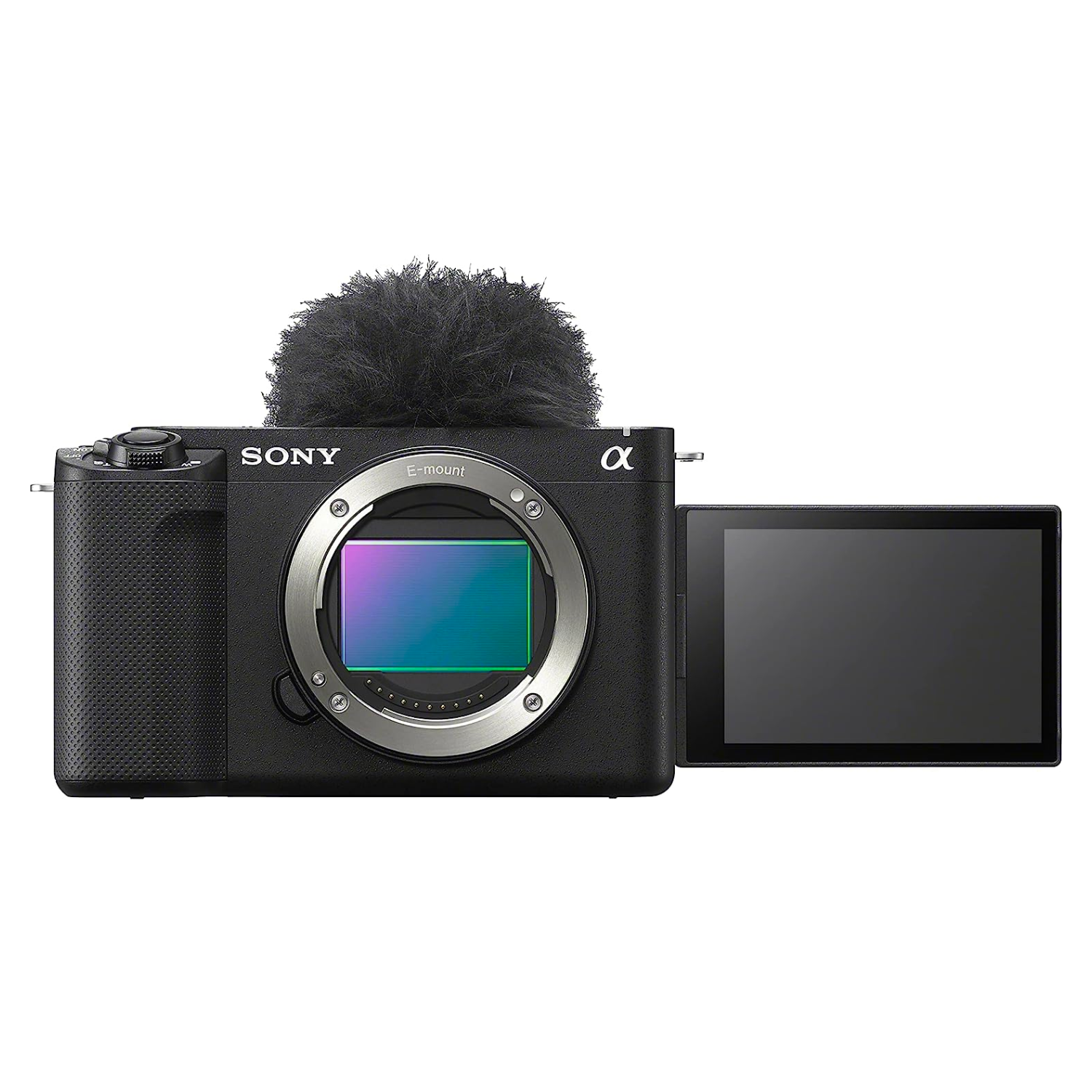
The best 4K camera for vlogging
The most capable vlogging camera on the market, the Sony ZV-E1 pairs a proven full-frame sensor with a compact build and AI smarts.
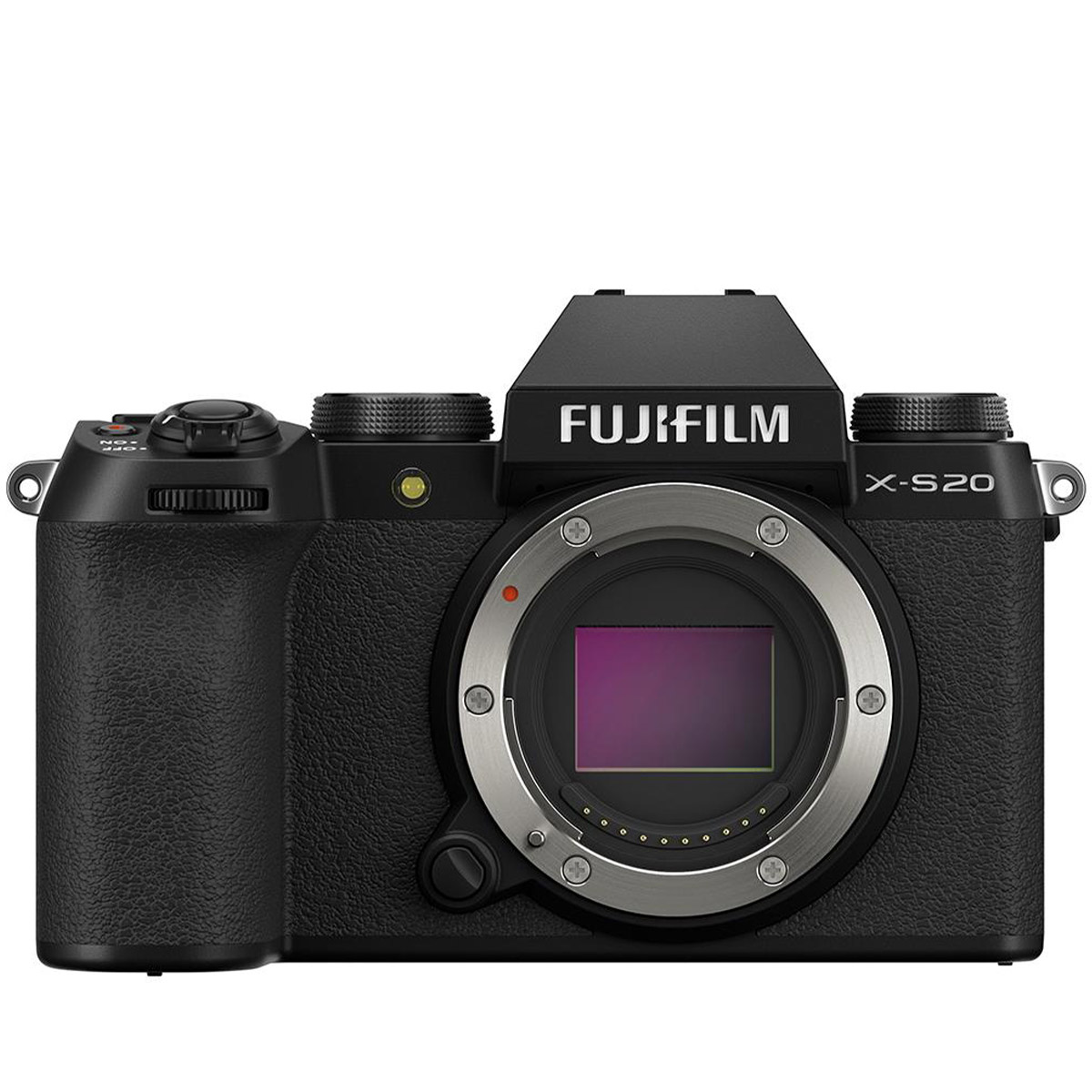
The best enthusiast 4K camera
A hybrid camera for content creators, the X-S20 costs more than before, but delivers an impressive set of video features in return, including a vlog mode.
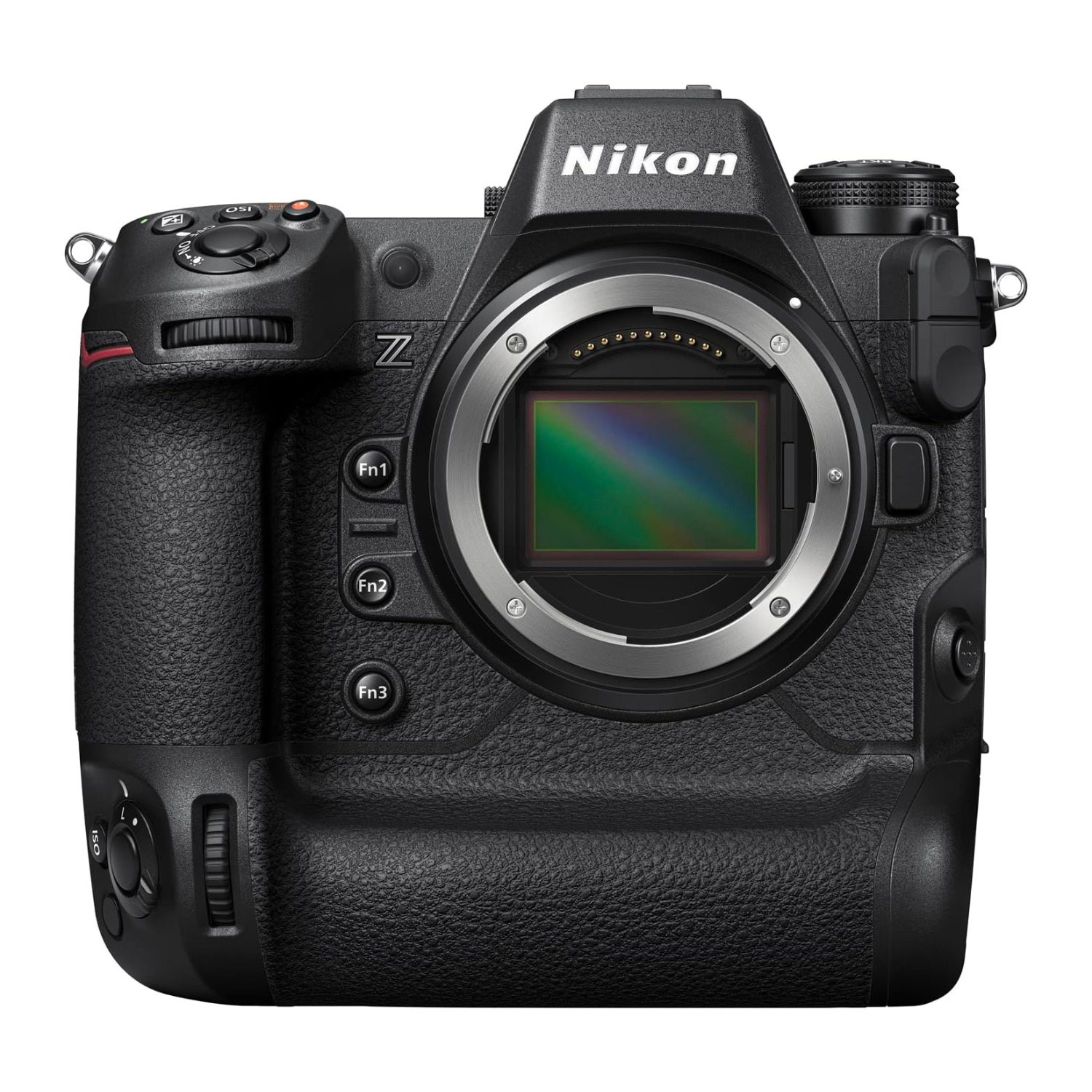
The best professional hybrid 4K camera
A full-frame flagship with 8K skills, the Nikon Z9 employs an electronic-only shutter to deliver remarkable performance for stills and video.

Tim is TechRadar's Cameras editor, with over 15 years in the photo video industry and most of those in the world of tech journalism, Tim has developed a deeply technical knowledge and practical experience with all things camera related. He’s also worked in video production with clients including Canon, and volunteers his spare time to consult a non-profit, diverse stories team based in Nairobi.
The best 4K camera in 2025
Why you can trust TechRadar
The best 4K camera overall
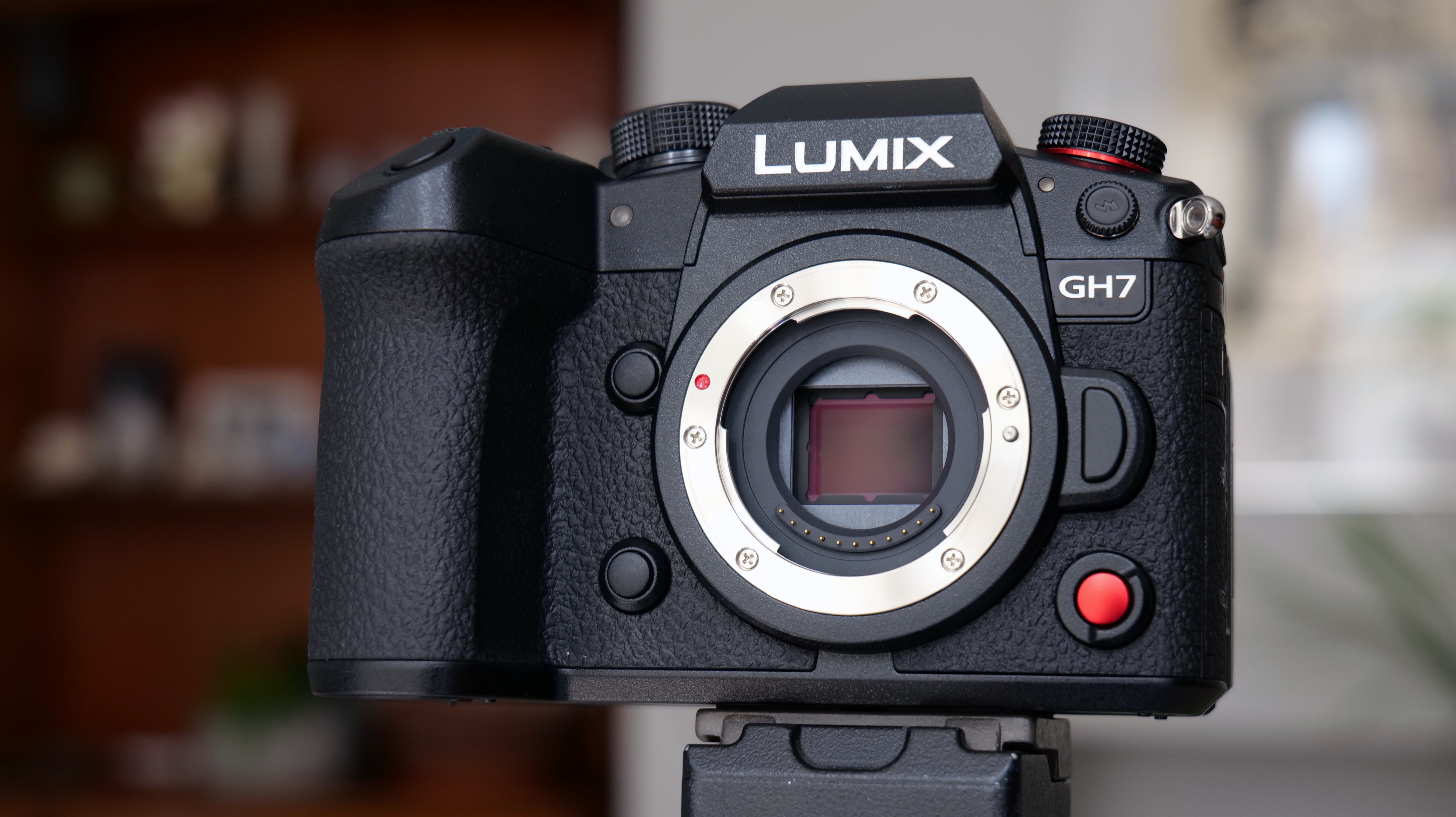
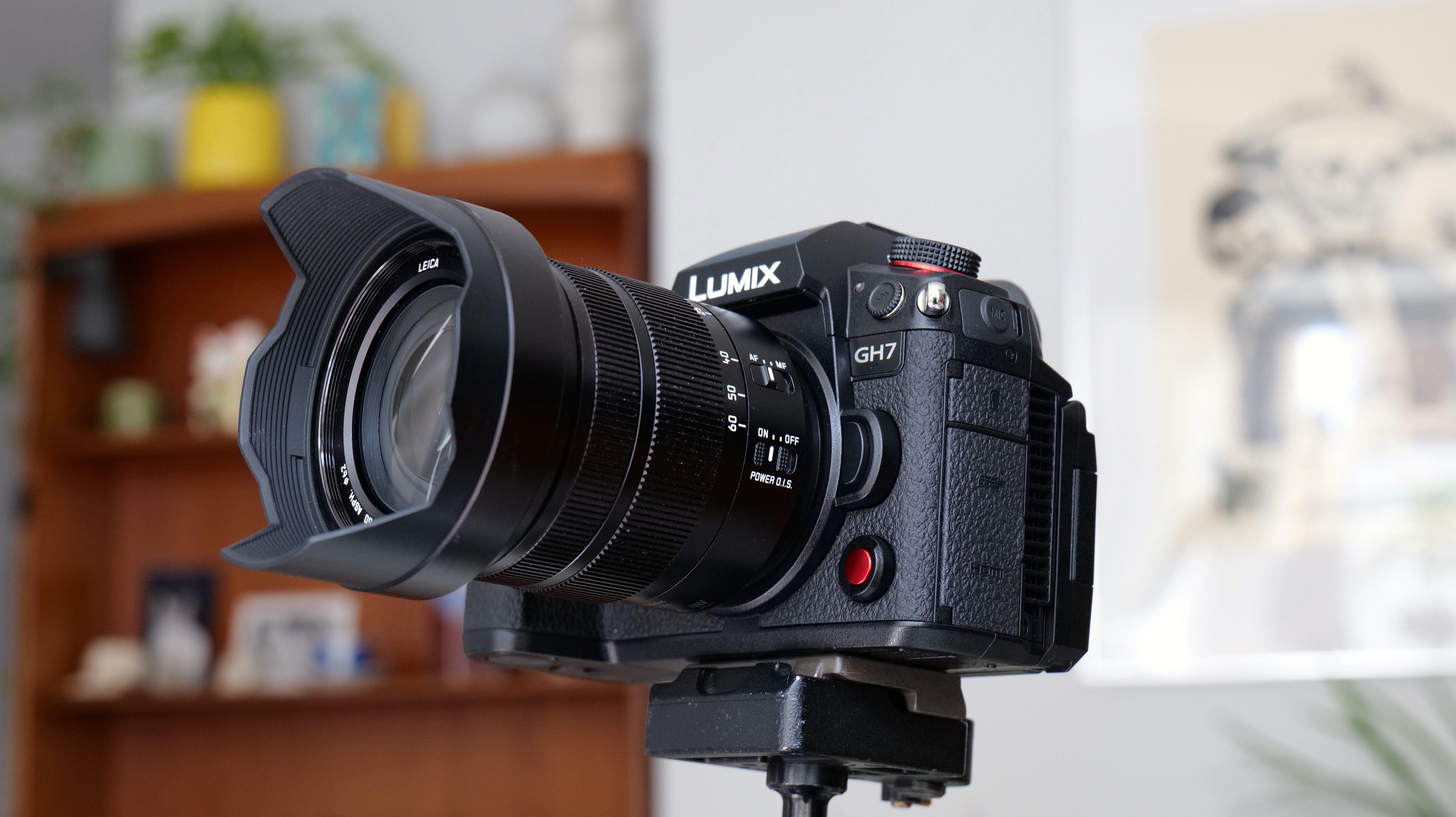
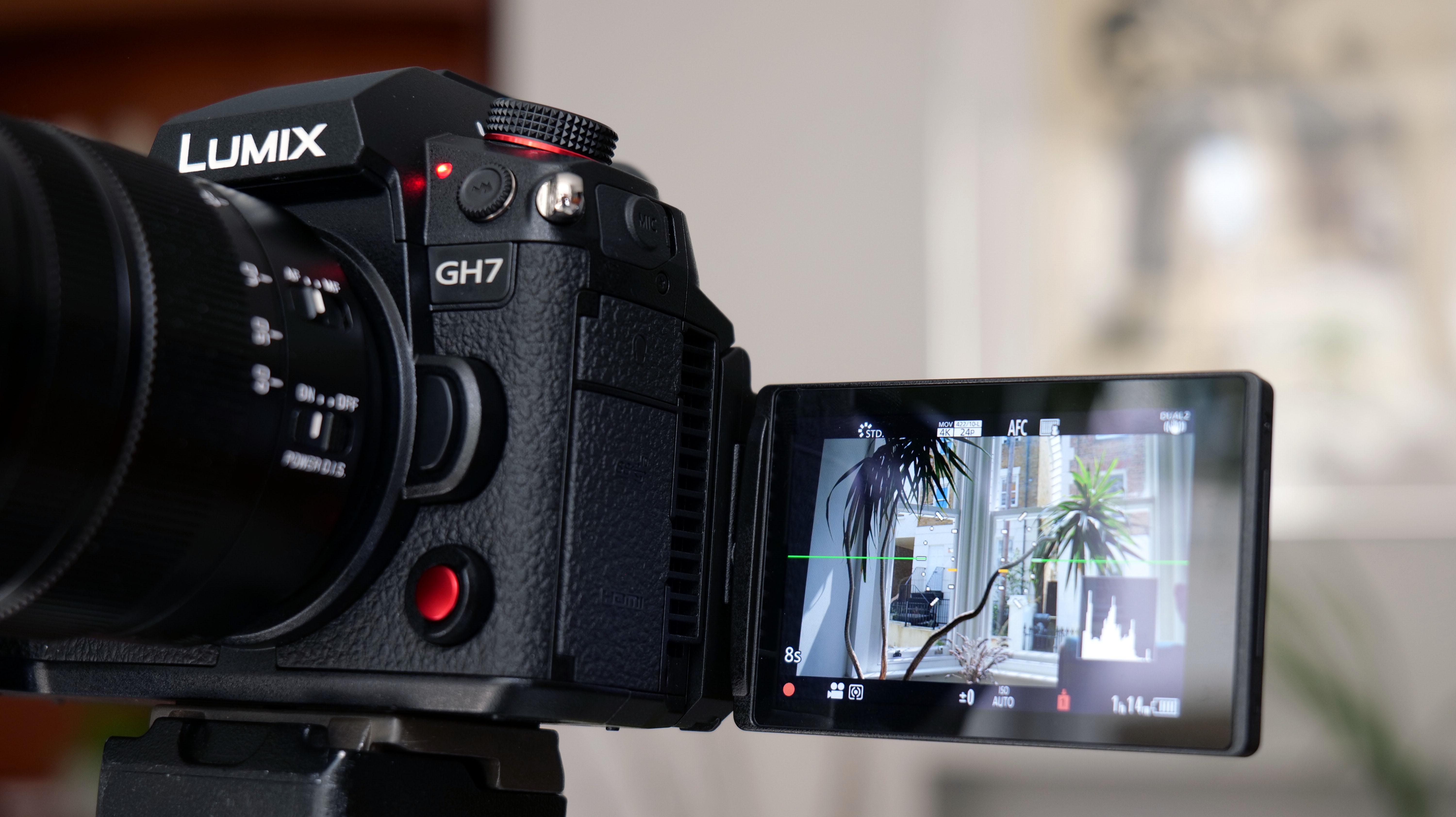
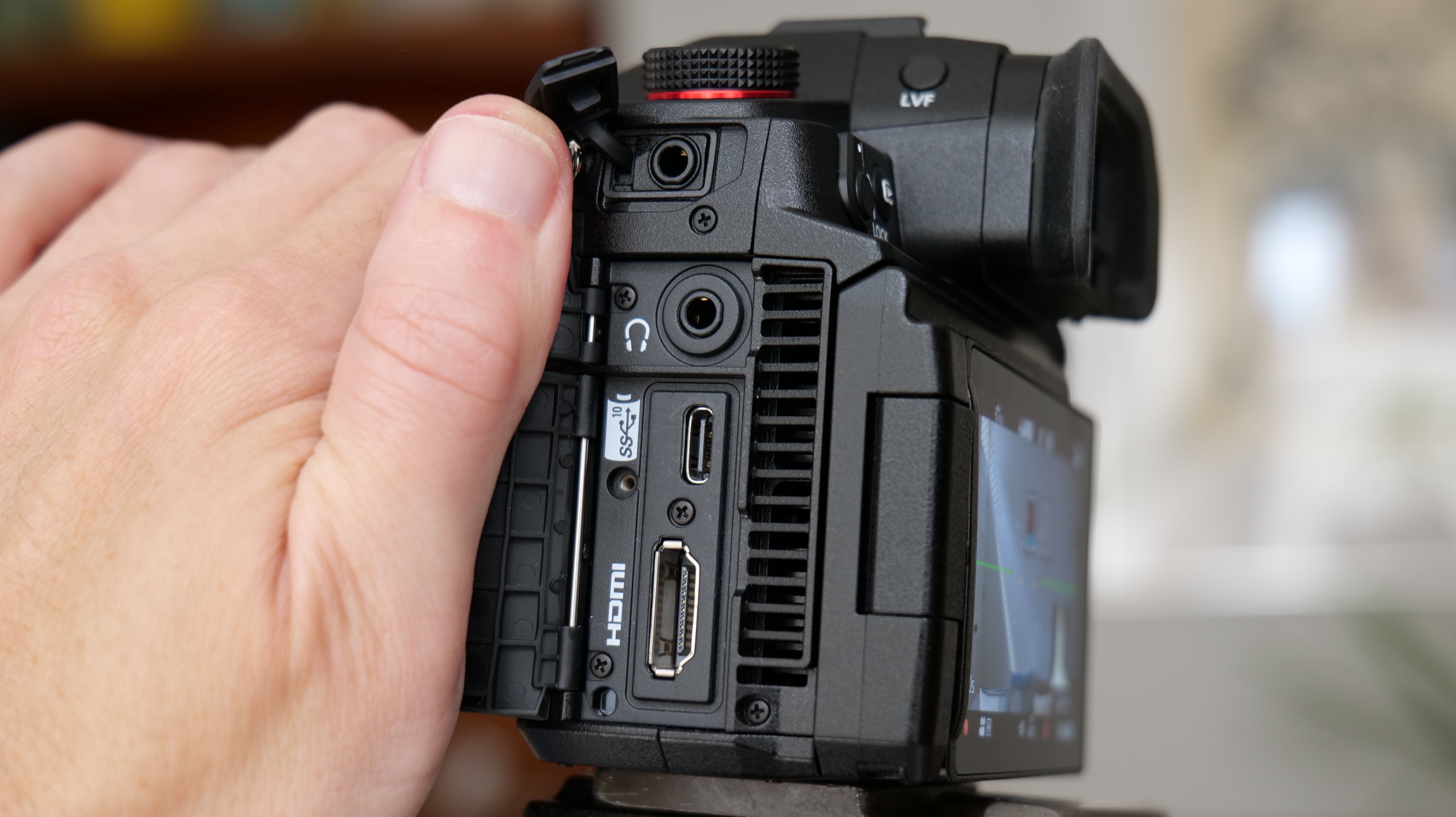
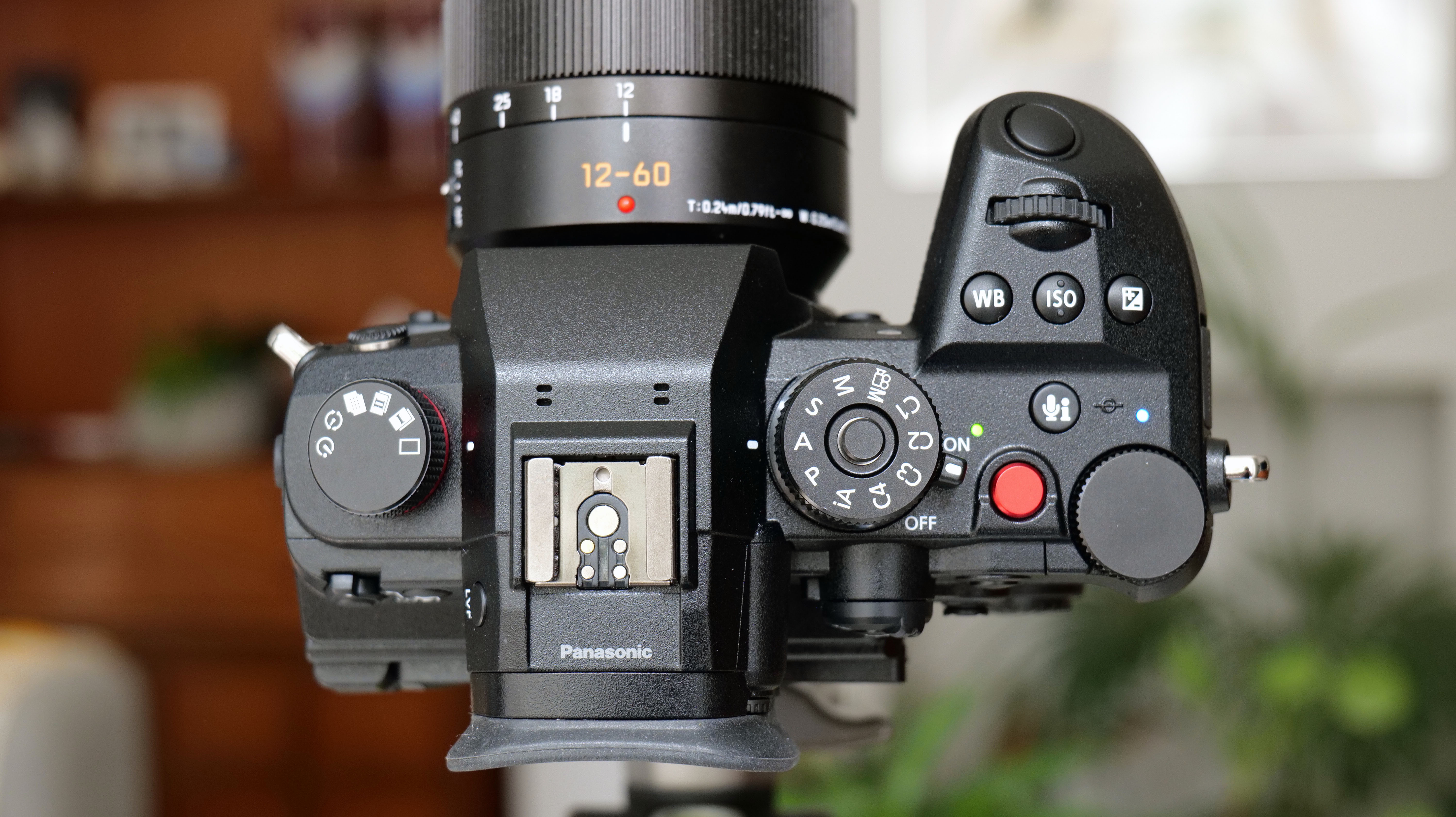
Specifications
Reasons to buy
Reasons to avoid
Panasonic Lumix GH7 video sample
✅ You want a portable video powerhouse: The GH7 camera and lens system is relatively compact yet comes equipped with a huge arsenal of video modes, including 10-bit ProRes.
✅ You appreciate thoughtful handling: Front and rear recording buttons, tally lights and a multi-angle screen make the GH7 easy to shoot with.
❌ You want a full-frame sensor: Its Micro Four Thirds sensor is mighty impressive, but you'll get better low-light results from a full-frame option.
❌ You want robust battery life: If there's one practical criticism we have of the GH7 is that it's battery life could be better.
The Panasonic Lumix GH7 looks identical to its predecessor, the Lumix GH6, and while the two cameras’ bodies and control layouts are the same, Panasonic has built on the GH6's strong showing and worked out any kinks, notably Panasonic's phase-detection autofocus which debuted in the G9 II, which is much smoother than the GH6's autofocus for video, while throwing in useful unique new features such as 32-bit float audio, provided you have the right accessories. The result is that the GH7 is a multi-talented mirrorless camera with no great weaknesses.
Filmmakers are spoilt for choice with video modes, which include 5.7K up to 60fps and 4K slow motion up to 120fps, with no limit of video recording times that to a built-in cooling fan. In fact, the GH7 is as professional-feeling a video camera you could hope for at this price range, with users spoilt for choice with Panasonic's lenses for video. If you can get over the fact that the GH7 uses a smaller Four Thirds sensor to, say, its full-frame sibling the Lumix S5 II, then this is as near a perfect video camera as we could hope for.
Read our in-depth Panasonic Lumix GH7 review
The best cheap 4K camera
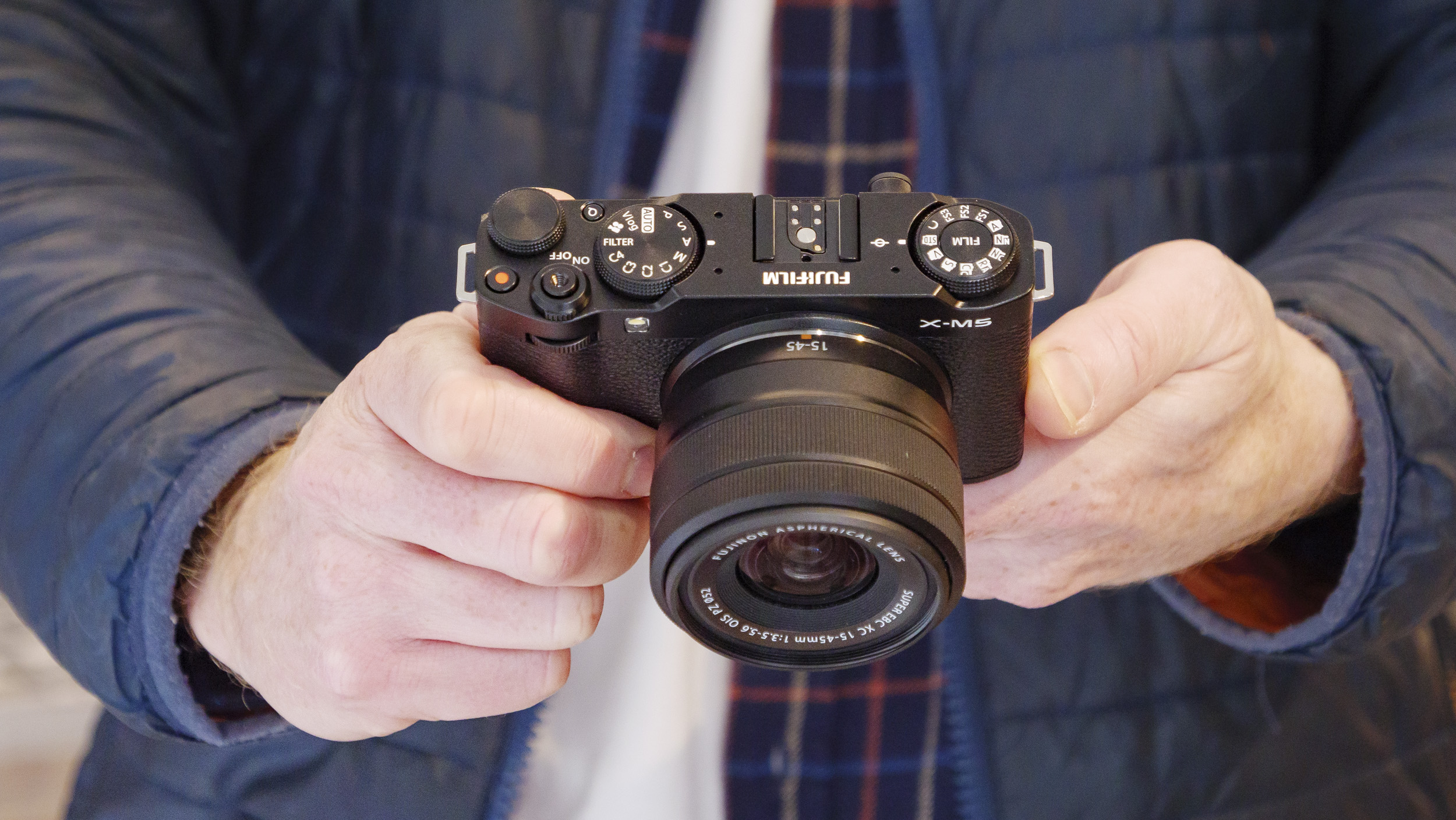
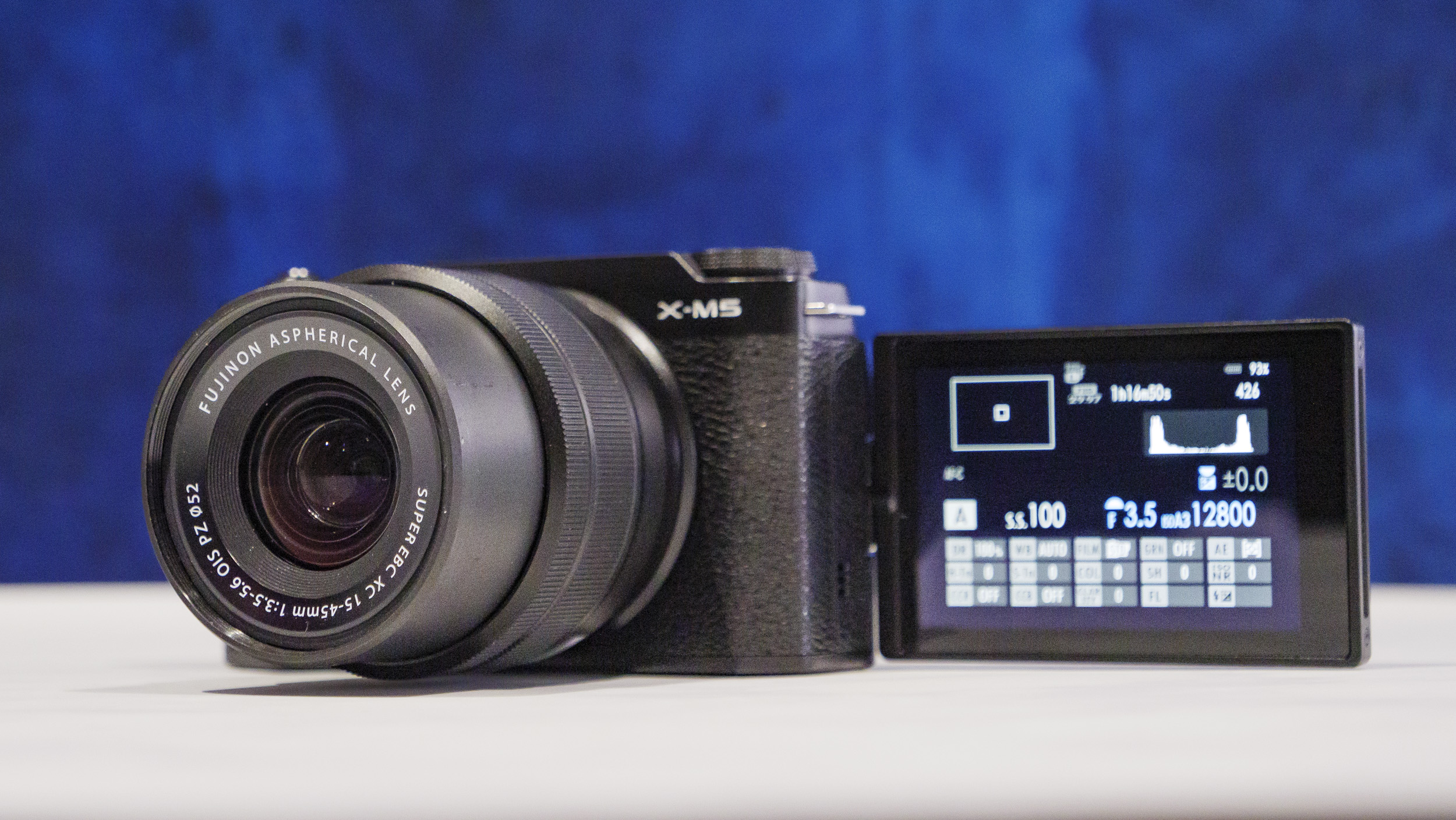
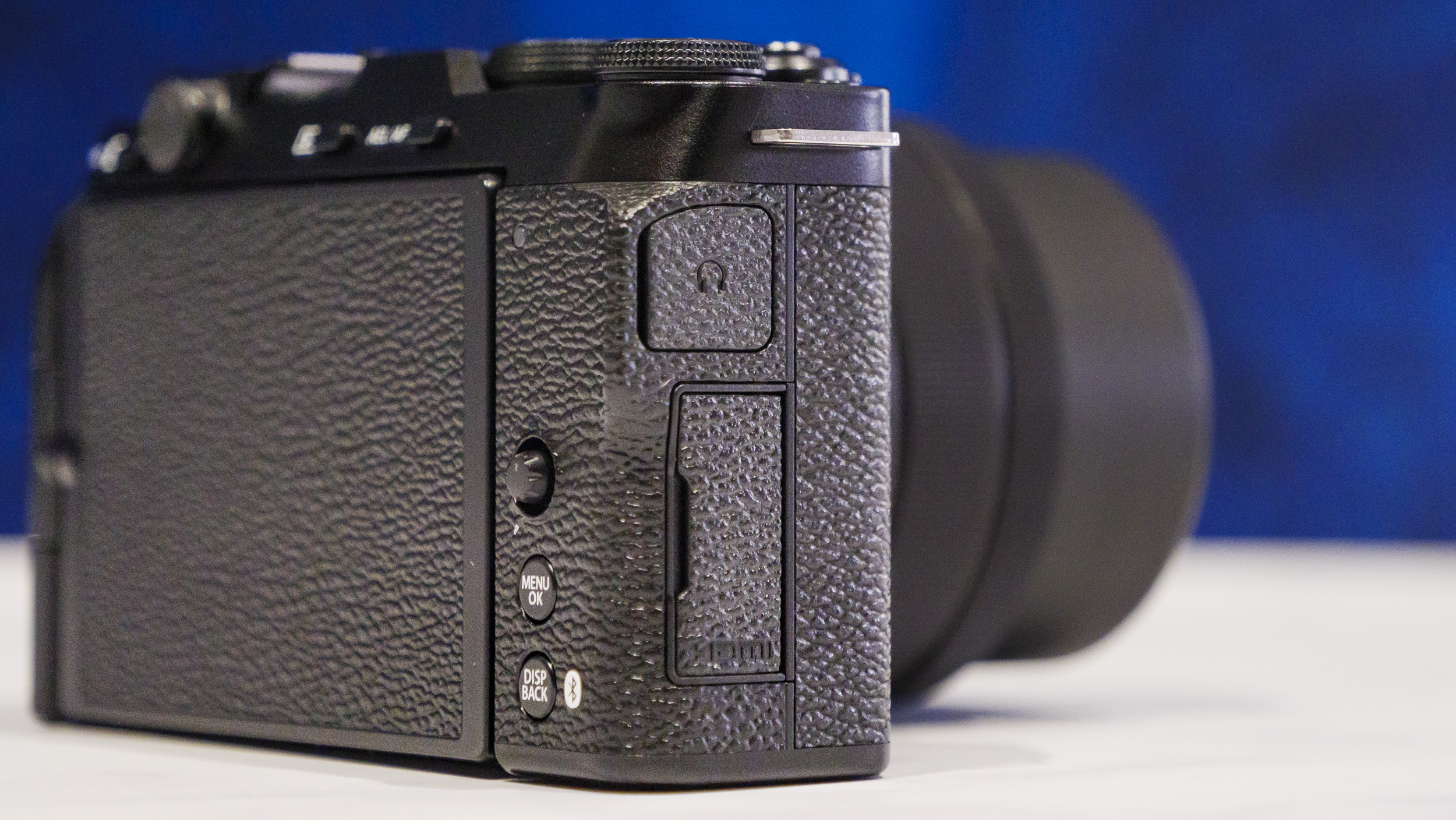
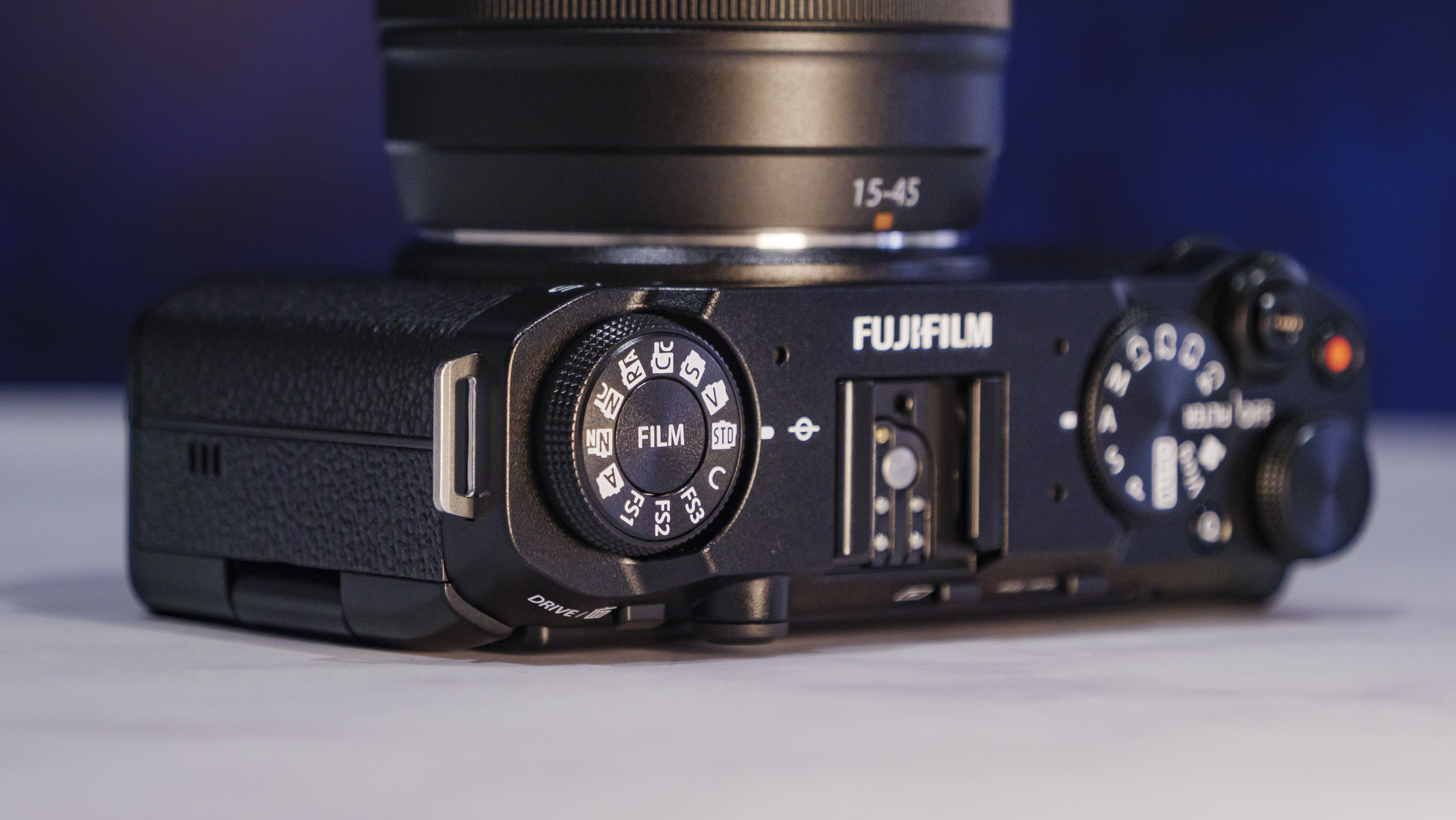
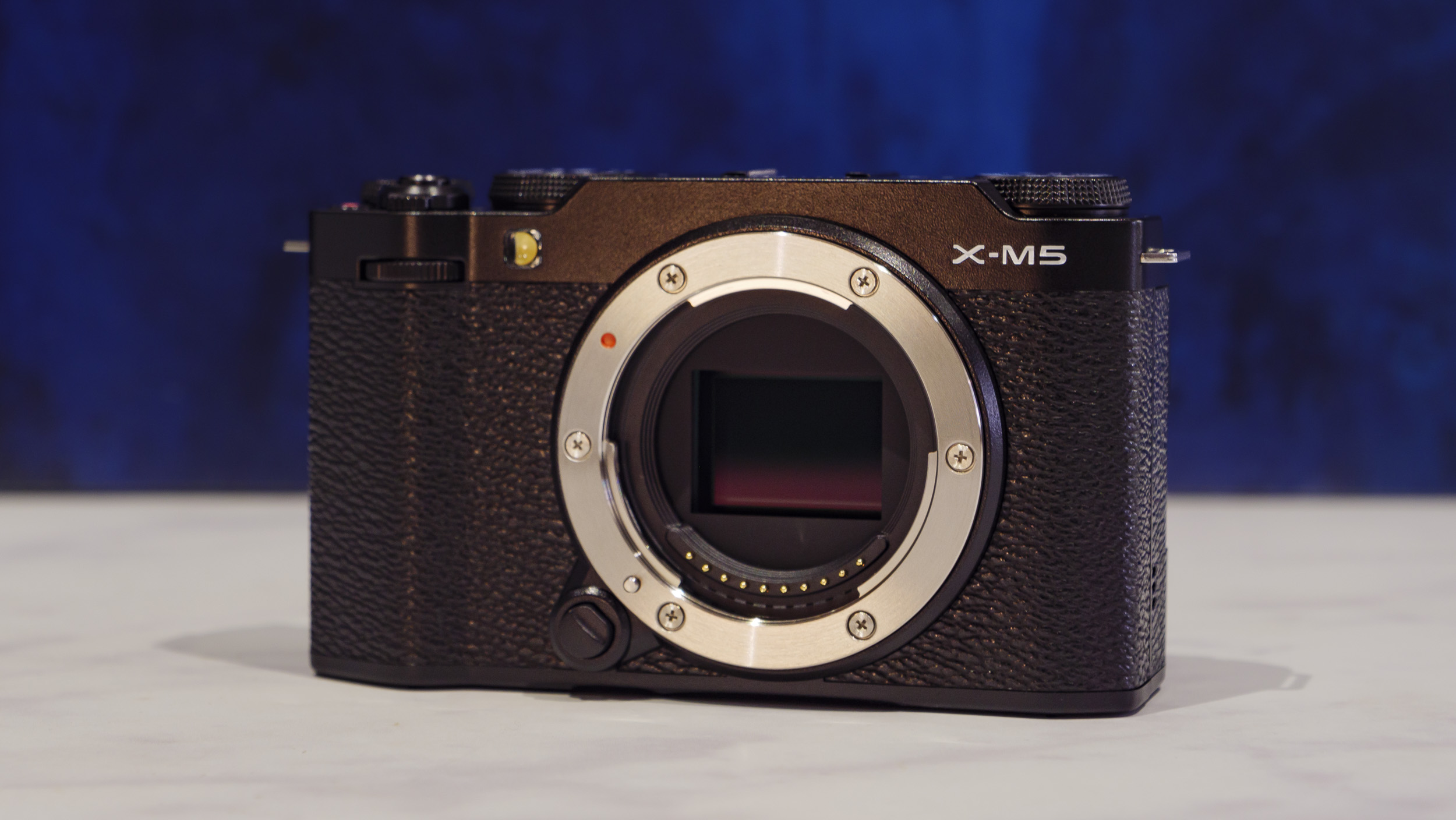
Specifications
Reasons to buy
Reasons to avoid
Fujifilm X-M5 video sample

✅ You want superb value 6K: Open gate 6K and 4K 60fps video in 10-bit and attractive color profiles is serious grunt for $800 / £800.
✅ You want a low-cost and simple second camera: Tiny, small, stylish, cheap – the X-M5 is an excellent second camera for those that already own a more professional camera
❌ Your shoot a lot of video on the move: Like all cameras at this price point, the X-M5 lacks in-body image stabilization to smooth out footage. You have digital stabilization instead which is less effective.
❌ You have big hands: The X-M5's controls are tightly packed together, so you might find it a little fiddly if you have particularly large hands.
There's a shortage of cameras under $1000 / £1,000, but Fujifilm really pulled one out the bag with the excellent X-M5 – a dinky, video-focused X-mount mirrorless camera for aspiring creators. It's got the Fujifilm retro swag, a cleverly thought out design which includes ports on the opposite side of the screen's hinge and mic input above the screen so they're not in the way, plus easy access to Fujifilm's trending Film Simulations through a dedicated dial.
Video recording modes seriously impress and give beginners some serious grunt – we don't think you can find 6K open gate video in color-rich 10-bit for such little outlay elsewhere, plus cinematic 4K video up to 60fps. where else could you get 6K open gate 10-bit video recording for such little money? That high resolution open gate sensor enables a new 9:16 vertical video mode in 1080p, meaning you don't need to rotate the camera, complete with useful preset recording times for social. You also get decent audio recording options with three internal directional mics that can be employed individually or together based on your video needs, or you can use an external mic for even better audio. Naturally there are compromises given the price point, namely no in-body image stabilization and so those that shoot videos on the move a lot might want to consider a gimbal, but otherwise the X-M5 is an unbeatable 4K camera for beginners.
Read our in-depth Fujifilm X-M5 review
The best value full-frame 4K camera
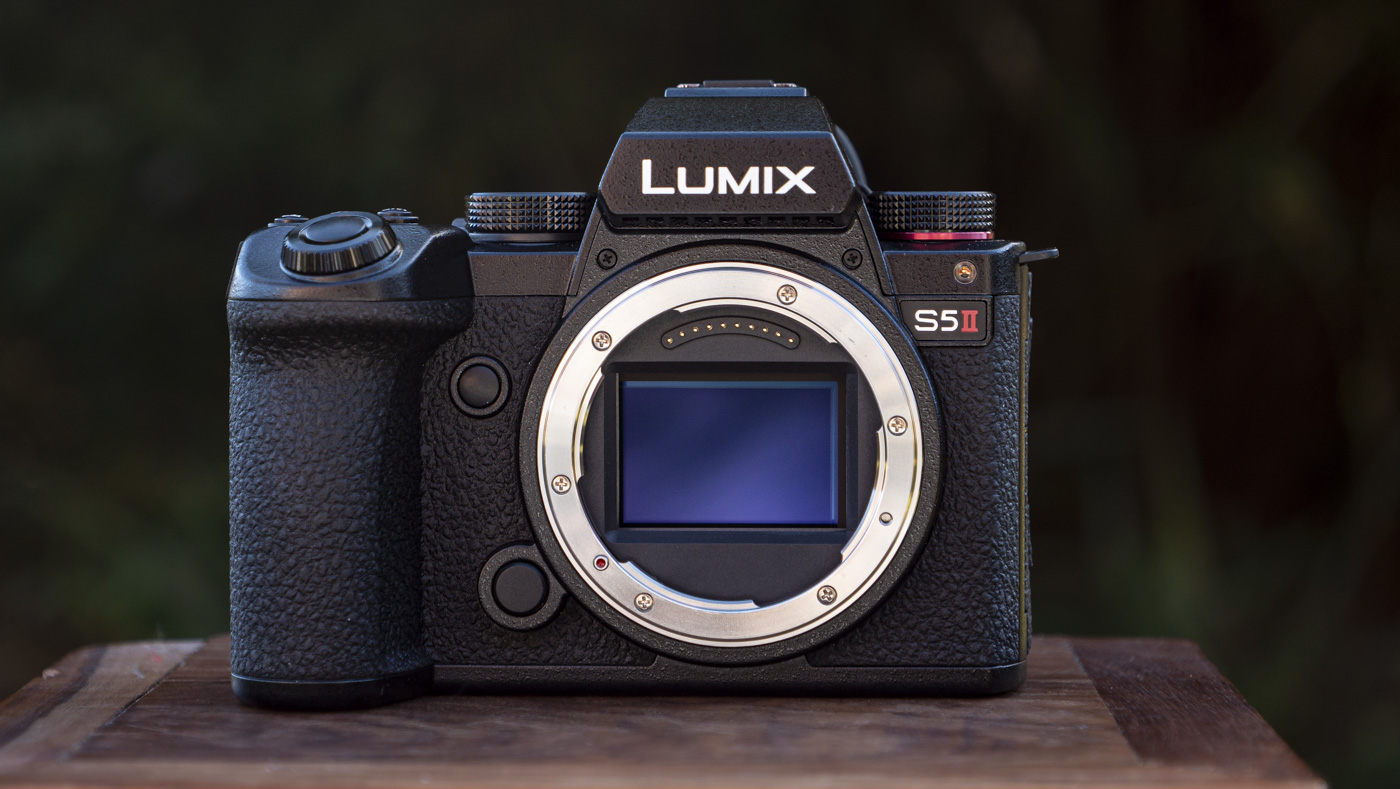
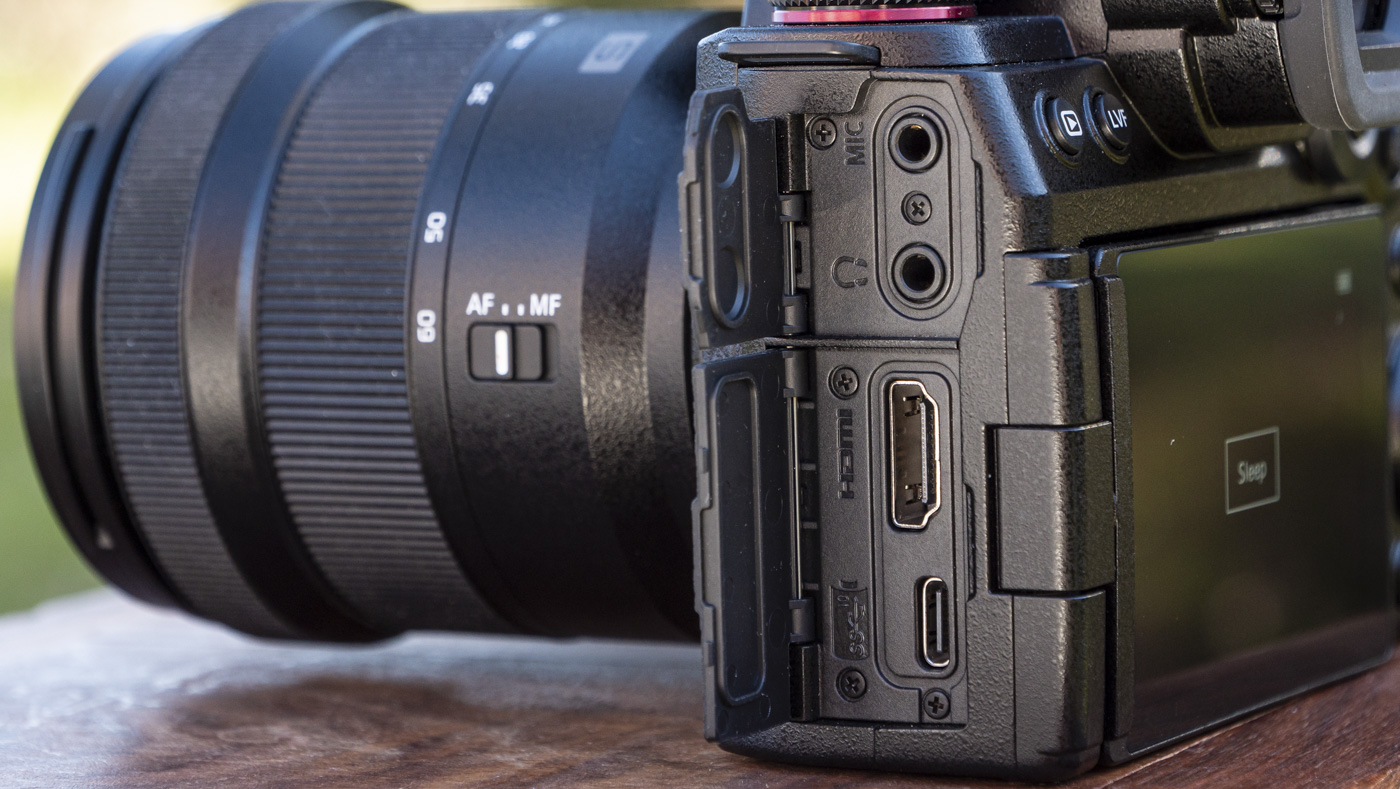
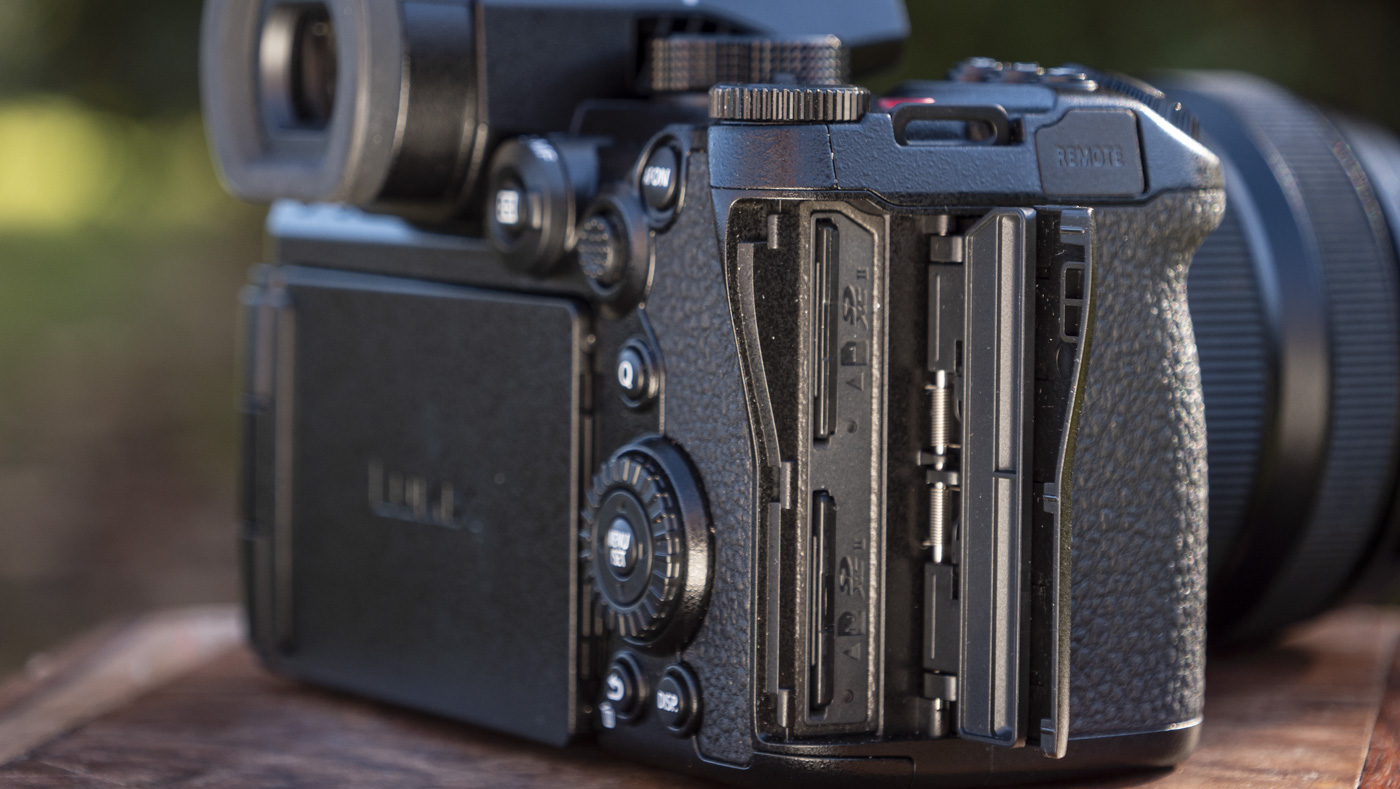
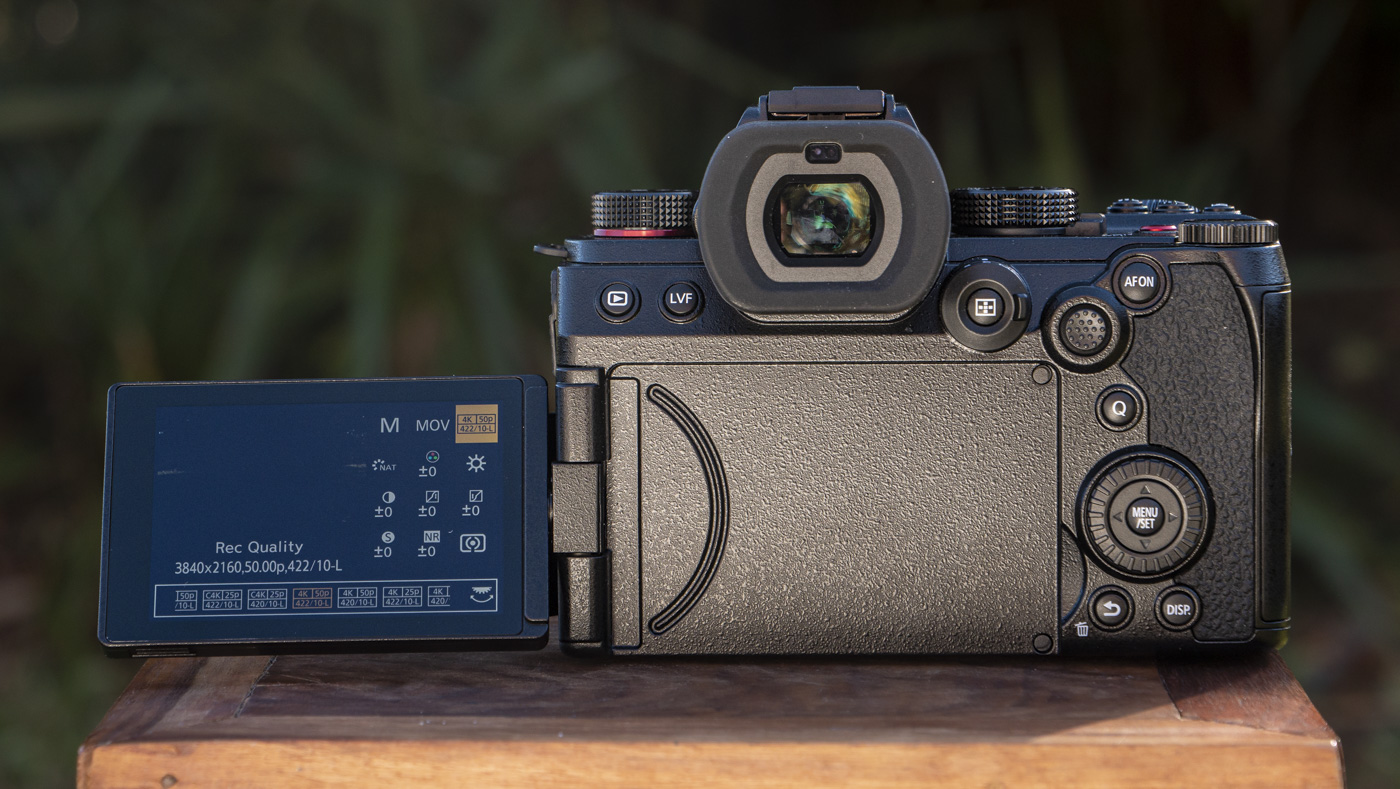
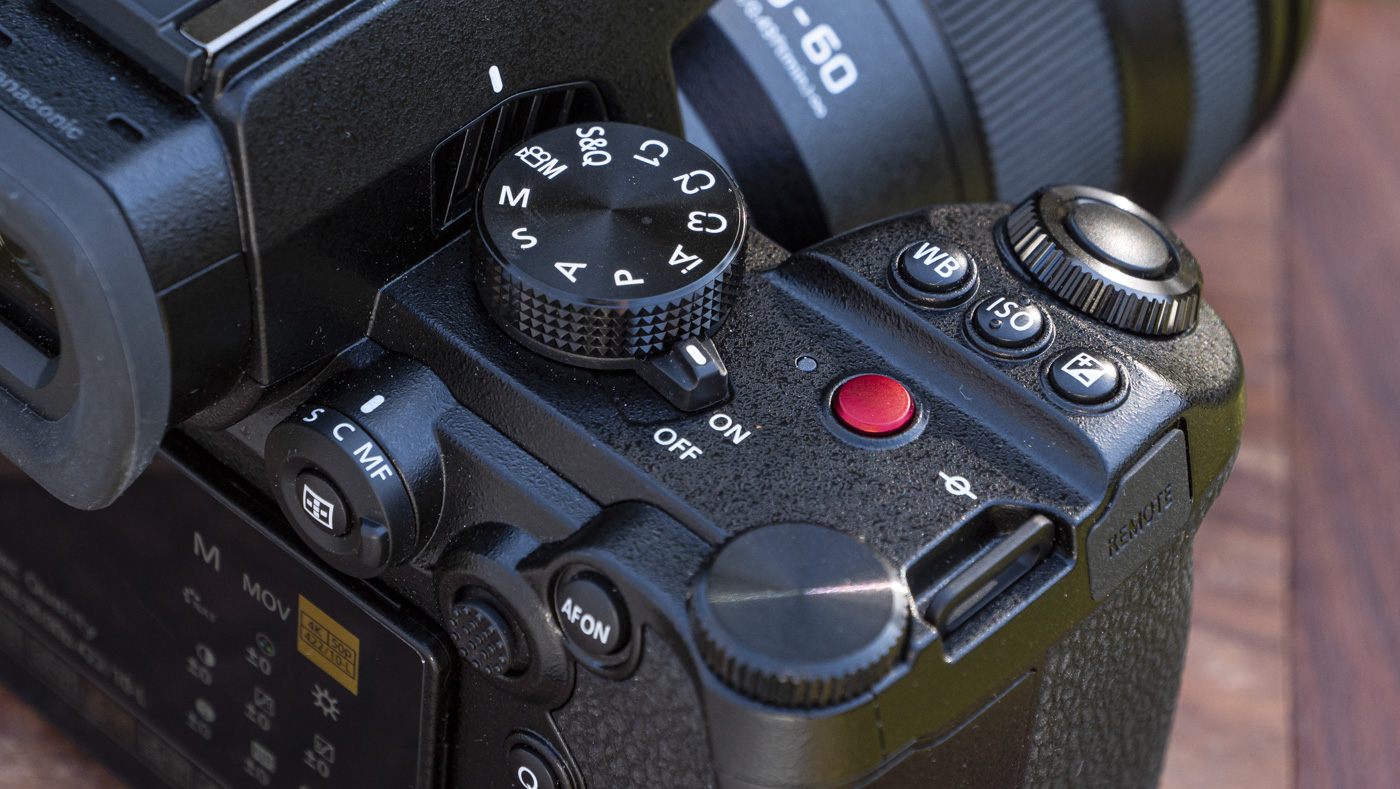
Specifications
Reasons to buy
Reasons to avoid
Panasonic Lumix S5 II video samples
✅ You shoot video for social media: Because it records uncropped 6K video, the S5 II offers extra versatility when cropping content for social.
✅ You record handheld: Thanks to excellent image stabilization and phase detection autofocus, the S5 II is a good choice for run-and-gun video.
❌ You shoot a lot of slow-mo: With a heavy 1.5x crop on 4K/60p video, the S5 II isn't the most flexible camera at higher frame rates.
❌ You want the latest subject detection: Panasonic's AF system is solid, but rivals such as Sony offer more advanced subject detection.
The original Lumix S5 was one of our favorite 4K cameras and things only get better with the second edition. Like its predecessor, we found the Lumix S5 II relatively small yet solid in the hand. It’s neatly packaged too, with direct-access controls making it an intuitive tool to use. Results from our tests proved the quality of its 6K/30p footage to be excellent, with notably wide dynamic range and rich colors. We also welcomed the flexibility offered by open gate recording: because the S5 II shoots 6K using its full sensor area, there’s plenty of room for cropping in post-production. That’s unfortunately not the case with 4K/60p, which has a 1.5x crop.
Panasonic has finally embraced phase detection AF for video with the S5 II, and it works very well. We also found image stabilization effective for handheld work, making the S5 II a top choice for recording 4K on the run. Serious videographers might be more drawn to the Lumix S5 IIX, with its live streaming options, SSD recording and native support for RAW output via HDMI. But with unlimited recording times, the S5 II is still a fantastic 4K camera for enthusiasts.
Read our in-depth Panasonic Lumix S5 II review
The best 4K camera for filmmakers
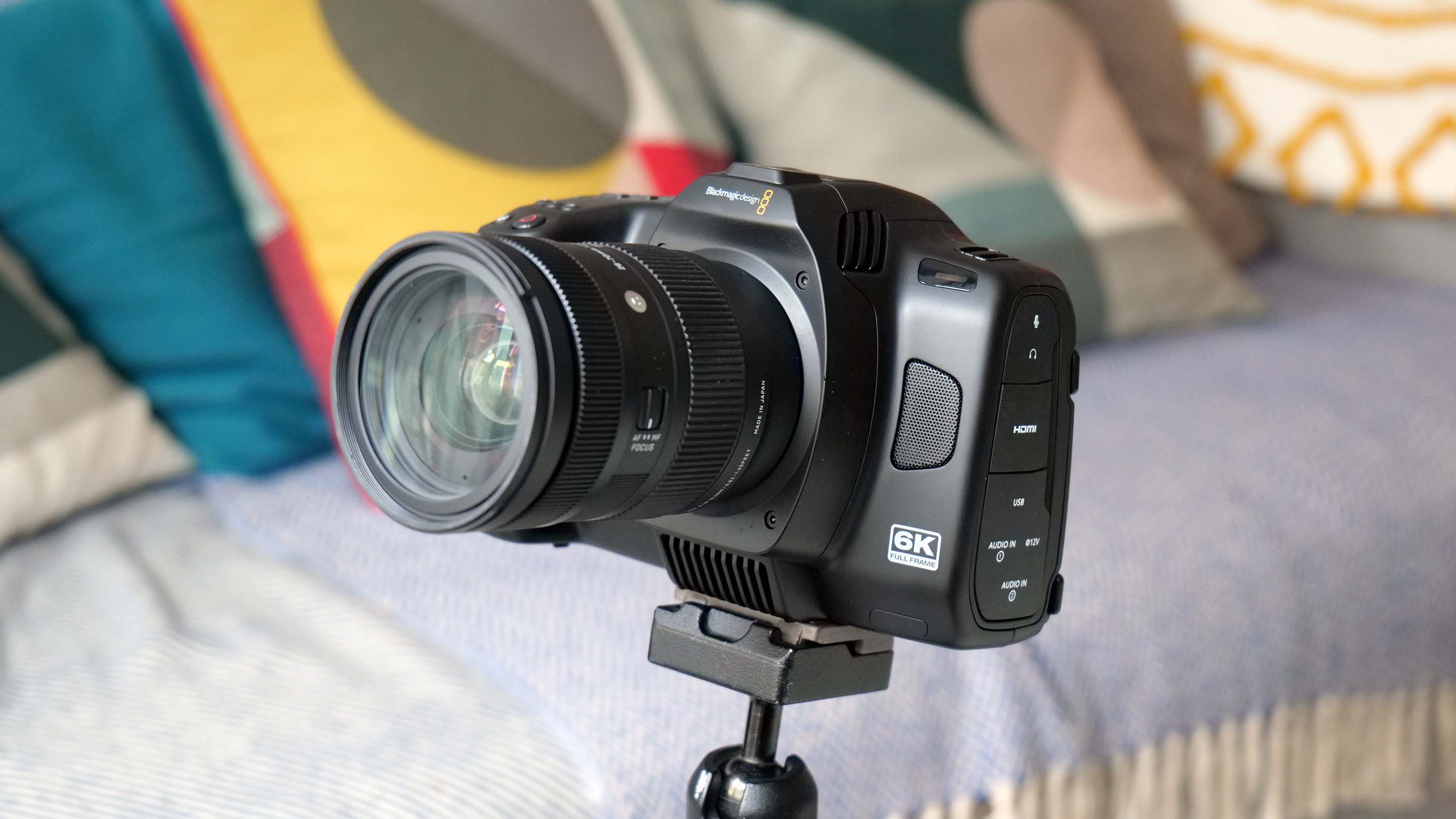
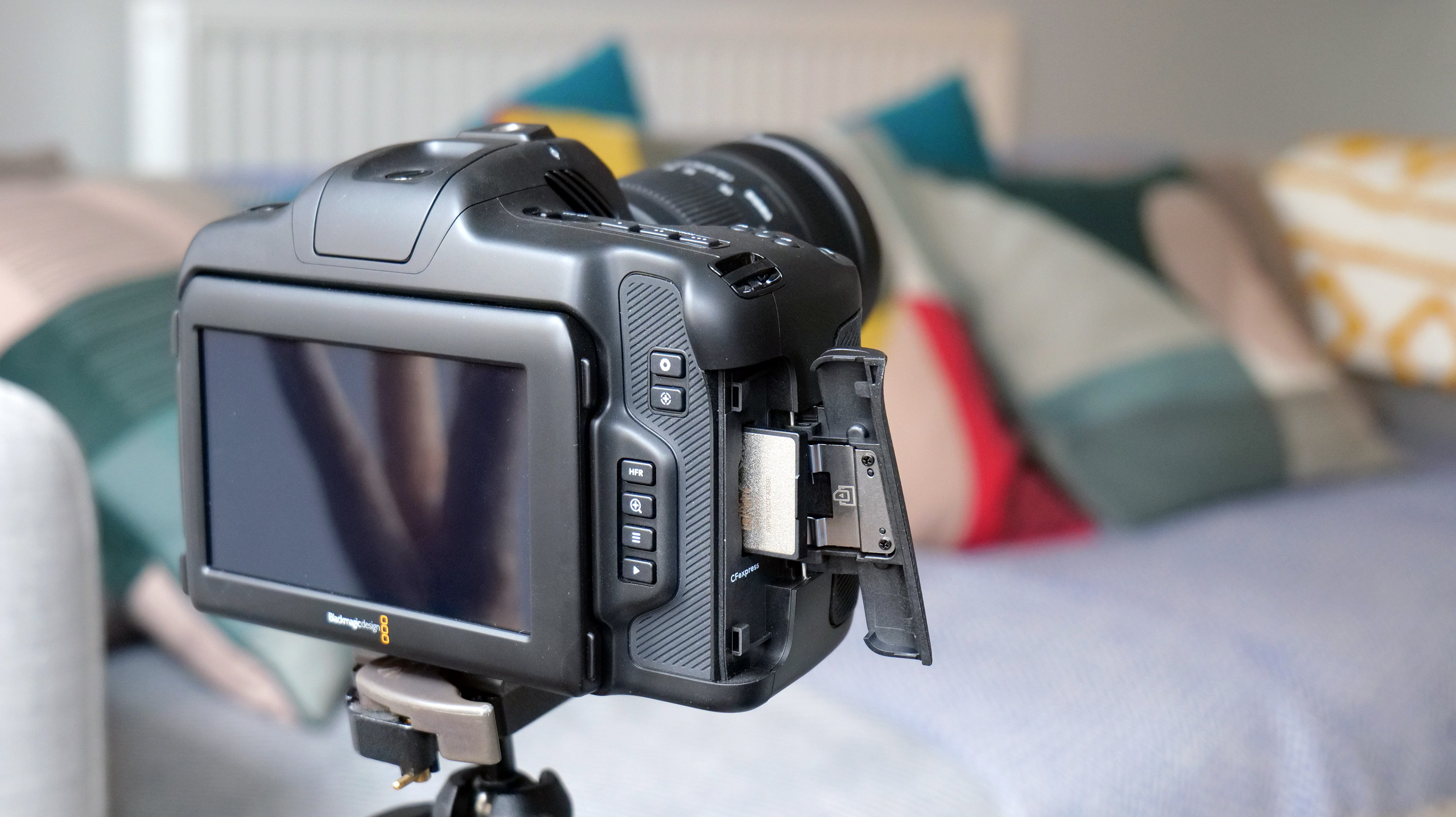
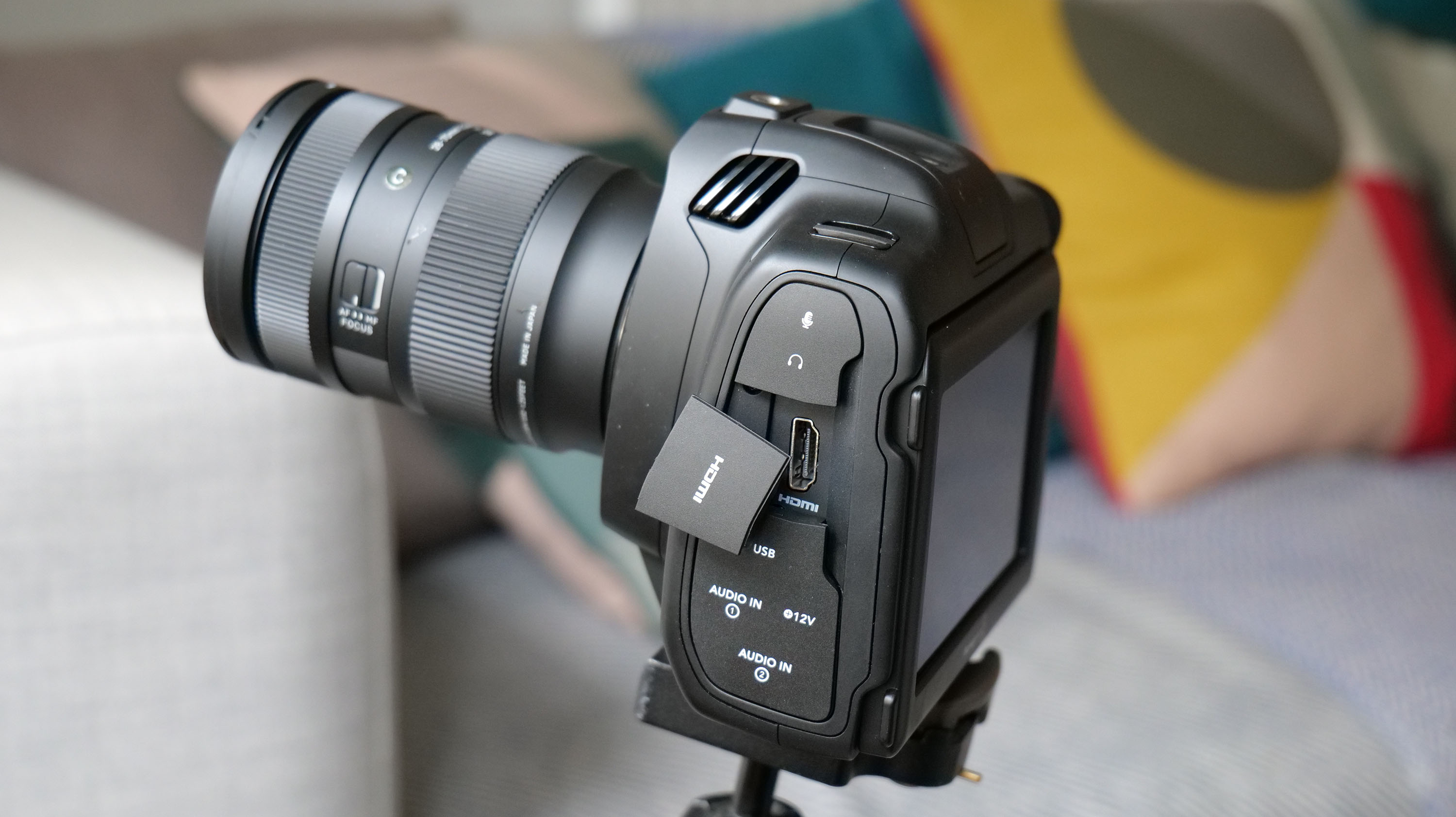
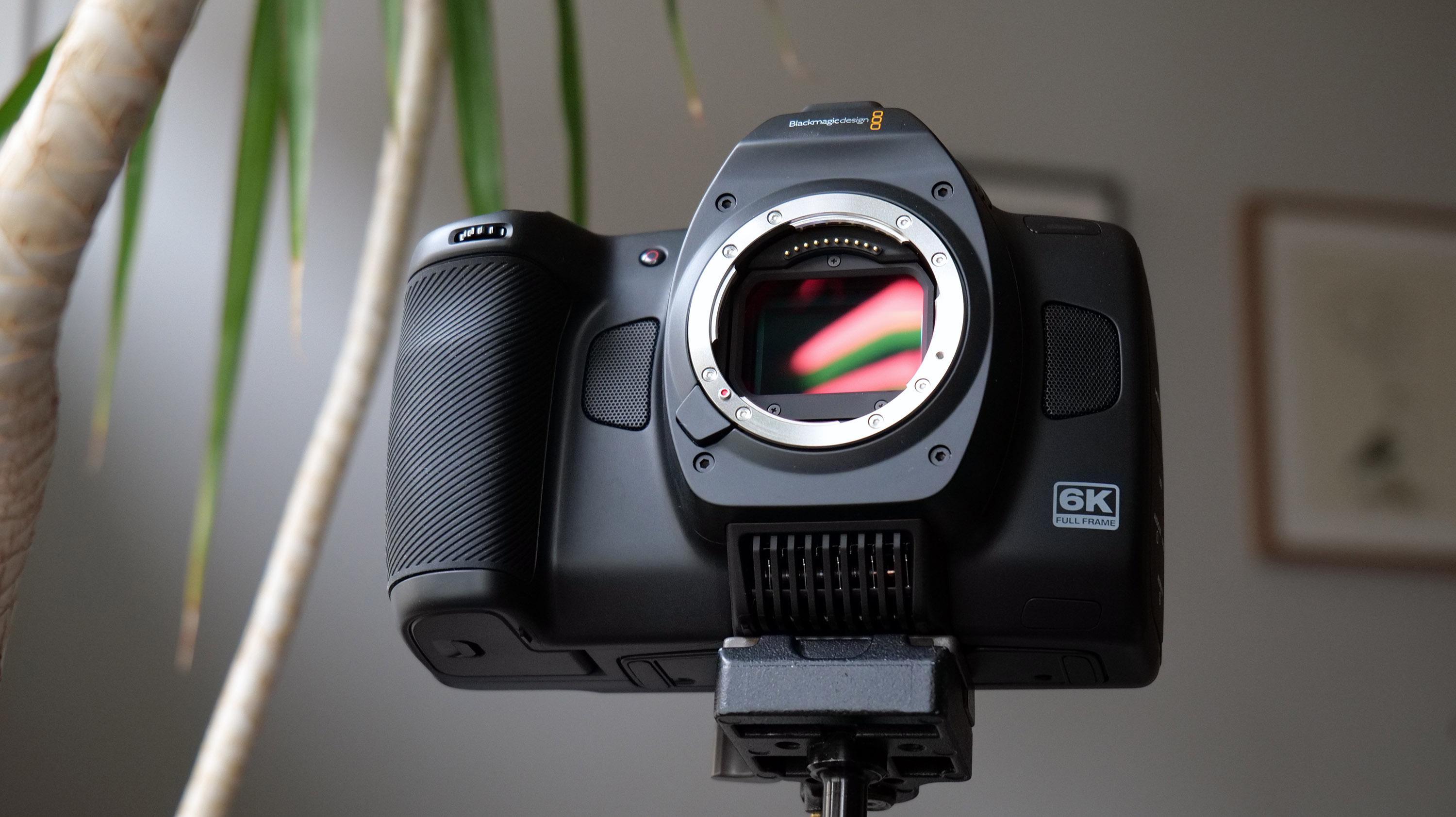
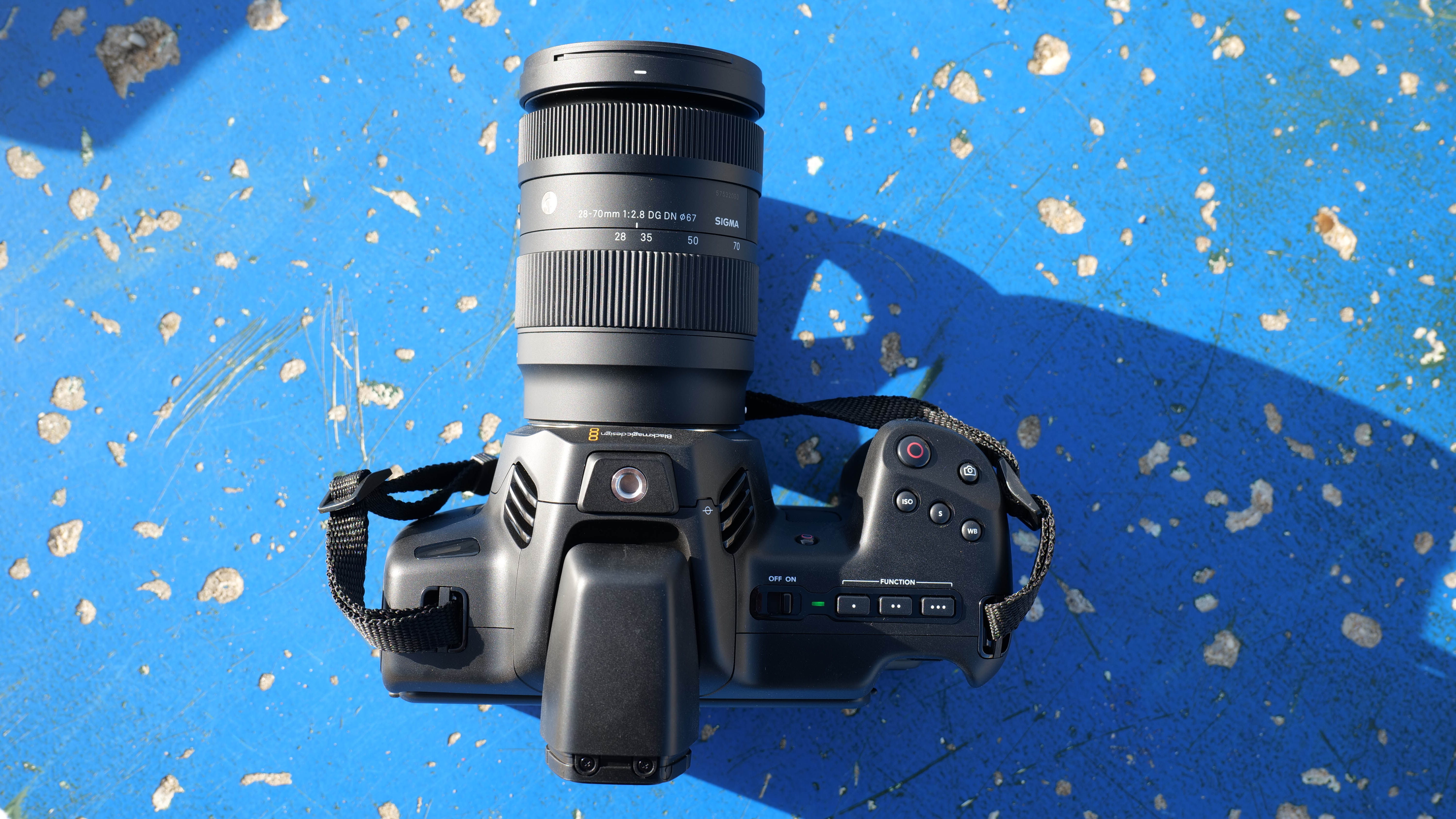
Specifications
Reasons to buy
Reasons to avoid
✅ You want handheld cinema footage: A relatively compact design, large sensor and 12-bit codec make this an excellent choice for filmmakers.
✅ You record in low light: Its combination of a full-frame sensor and dual native ISO mean the Cinema Camera 6K works effectively in low light.
❌ You want a user-friendly hybrid: With no stabilization or tracking autofocus, and only rudimentary stills abilities, this is a proper video tool
❌ You don't know how to color grade: While video output is impressive, raw footage needs to be edited for color to reveal its true quality.
Lacking niceties like tracking autofocus or image stabilization, the Blackmagic Cinema Camera 6K isn't a 4K camera for beginners. But if you’re a seasoned filmmaker who knows how to color grade, the Cinema Camera 6K is capable of producing incredible raw video quality. In testing, we found its large sensor and dual native ISO delivered clean footage even in dim conditions, with Blackmagic’s 12-bit codec and slick workflow making post-production painless.
Objectively, the Cinema Camera 6K doesn’t come cheap, and it’s chunky when you factor in L-mount lenses. But when you consider its video chops, it’s a smaller and more affordable option than many of its pro-grade competitors. Its stills performance is rudimentary at best, and it lacks several features found on most hybrids, such as USB power and a built-in viewfinder. But if you want a relatively portable tool for top-end cinematography, we think it’s tough to beat.
Read our in-depth Blackmagic Cinema Camera 6K Pro
The best pocket 4K camera
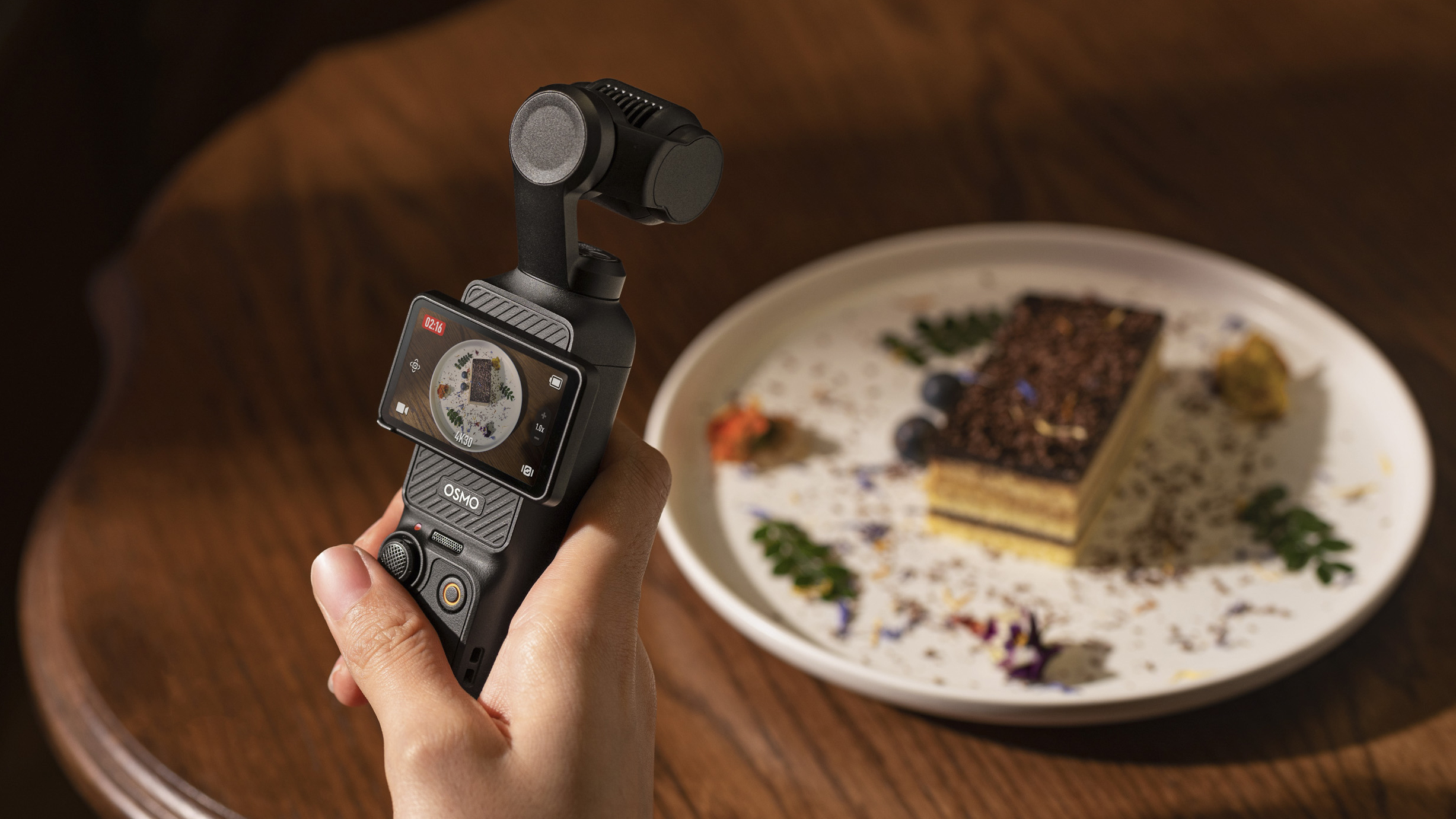
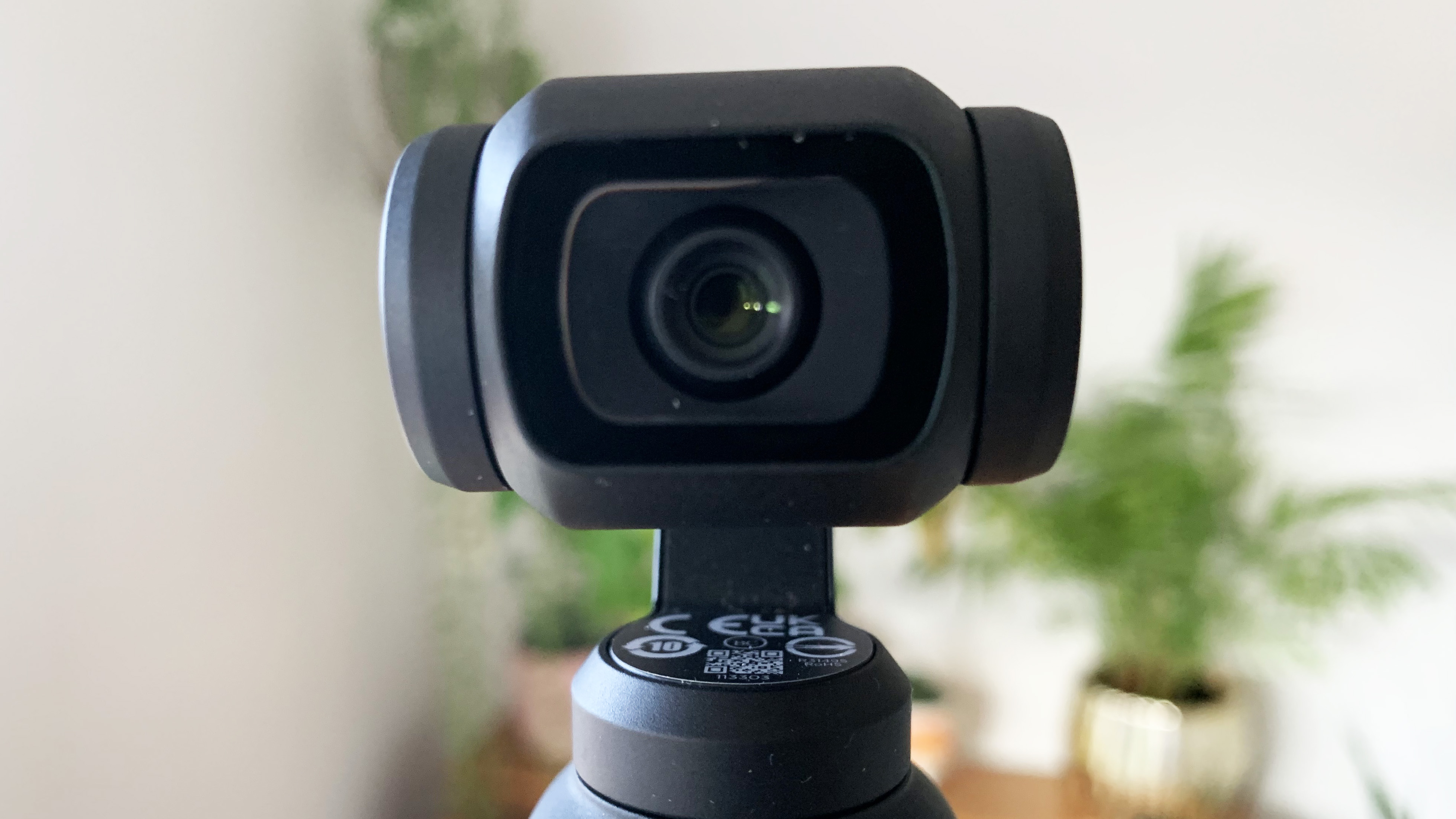
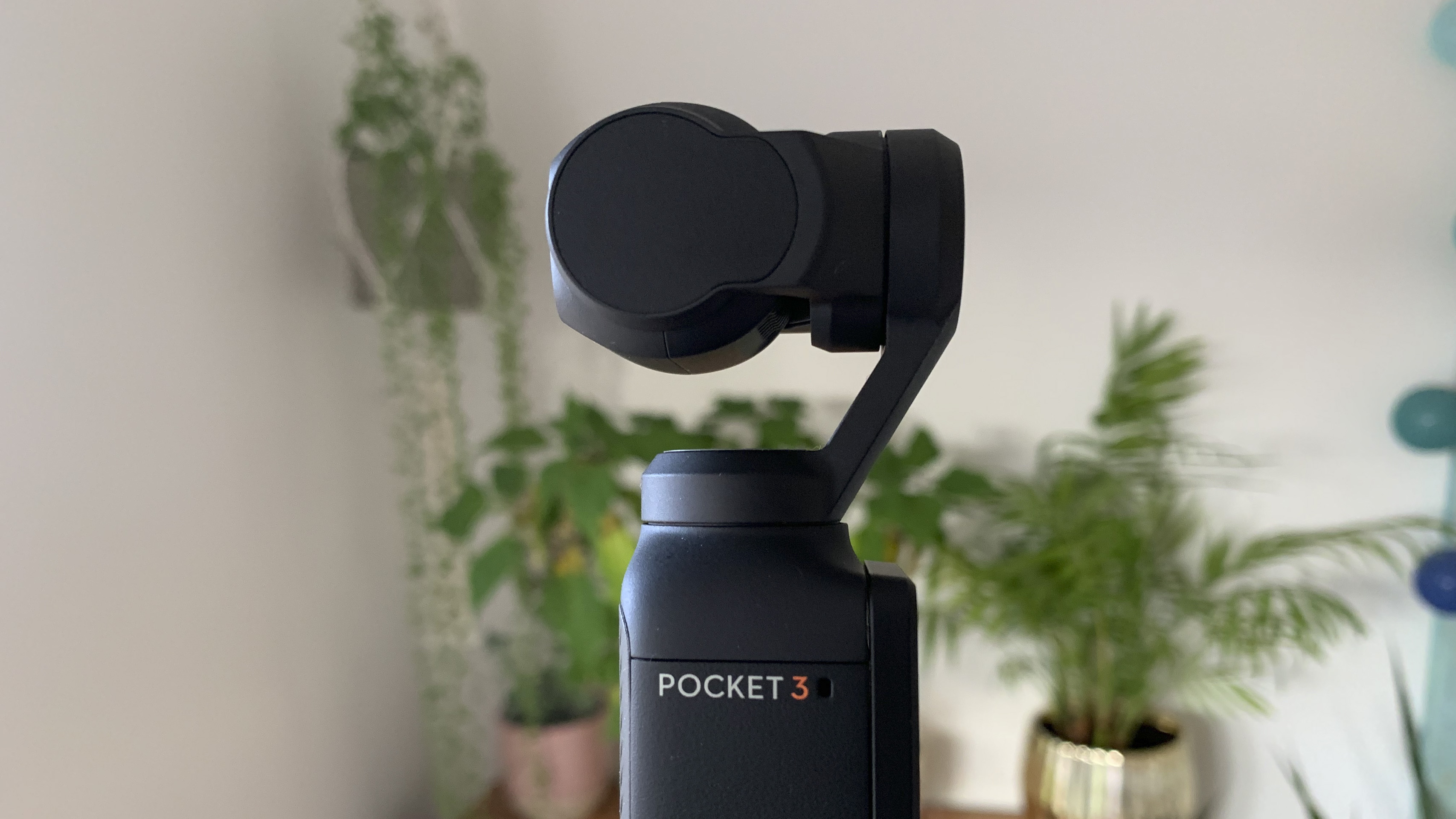
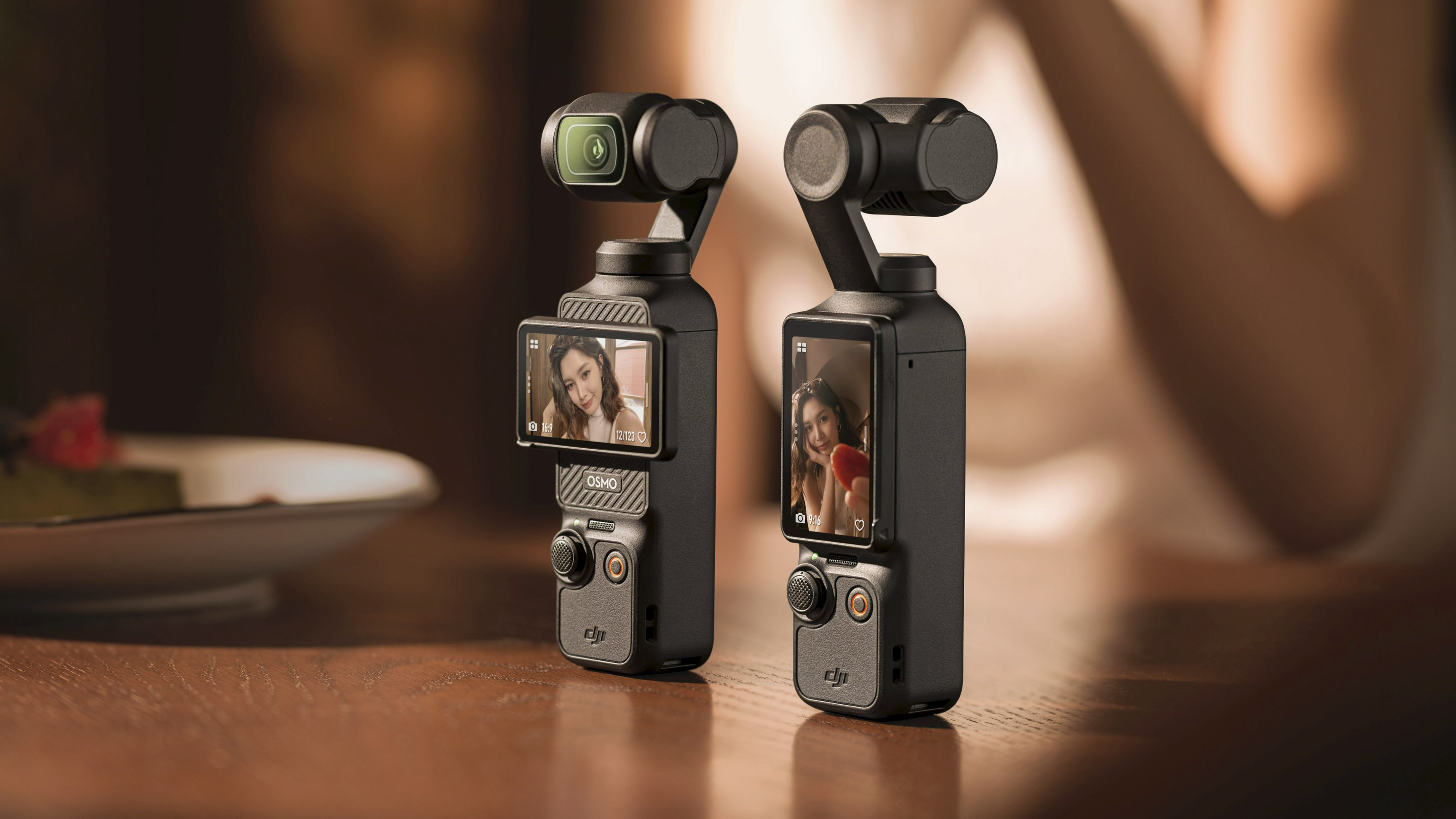
Specifications
Reasons to buy
Reasons to avoid
DJI Osmo Pocket 3 video sample
✅ You like to record vertical video: A 3K portrait mode means you can complement standard footage with stable clips for social media.
✅ You want stable slow-mo: A 3-axis gimbal, 1-inch sensor and 4K/120p frame rate offer flexibility for capturing sharp slow-mo footage.
❌ You already own a Pocket 2: Unless you're set on a vertical video mode, the Pocket 2 offers a lot of the same features for less.
❌ You need an action camera: It might be travel-sized, but the Pocket 3 isn't designed for tough adventures, with no waterproofing.
For stabilized 4K video in a pocket-sized package, the DJI Osmo Pocket 3 is our top pick. It features a three-axis gimbal to keep footage steady, plus ActiveTrack 6.0, which includes clever automatic face detection and dynamic framing to keep solo videographers centered. Together with a larger 1-inch sensor which performs better than the DJI Pocket 2 in low light, these features worked together in testing to produce high-quality 4K video in a range of scenarios.
The new portrait mode is a win for social sharers, as is the 2-inch touchscreen, which now rotates for vertical framing. The display is still a fiddly affair, mind, with the app offering an easier way to adjust settings. Still, with support for 4K slow-mo at 120fps, plus expanded timelapse features, we think the Pocket 3 is a fantastic option for content creators. Its small size does come with a few compromises, but it remains an excellent choice for 4K vlogging on the go.
Read our in-depth DJI Osmo Pocket 3 review
The best premium 4K camera for vlogging
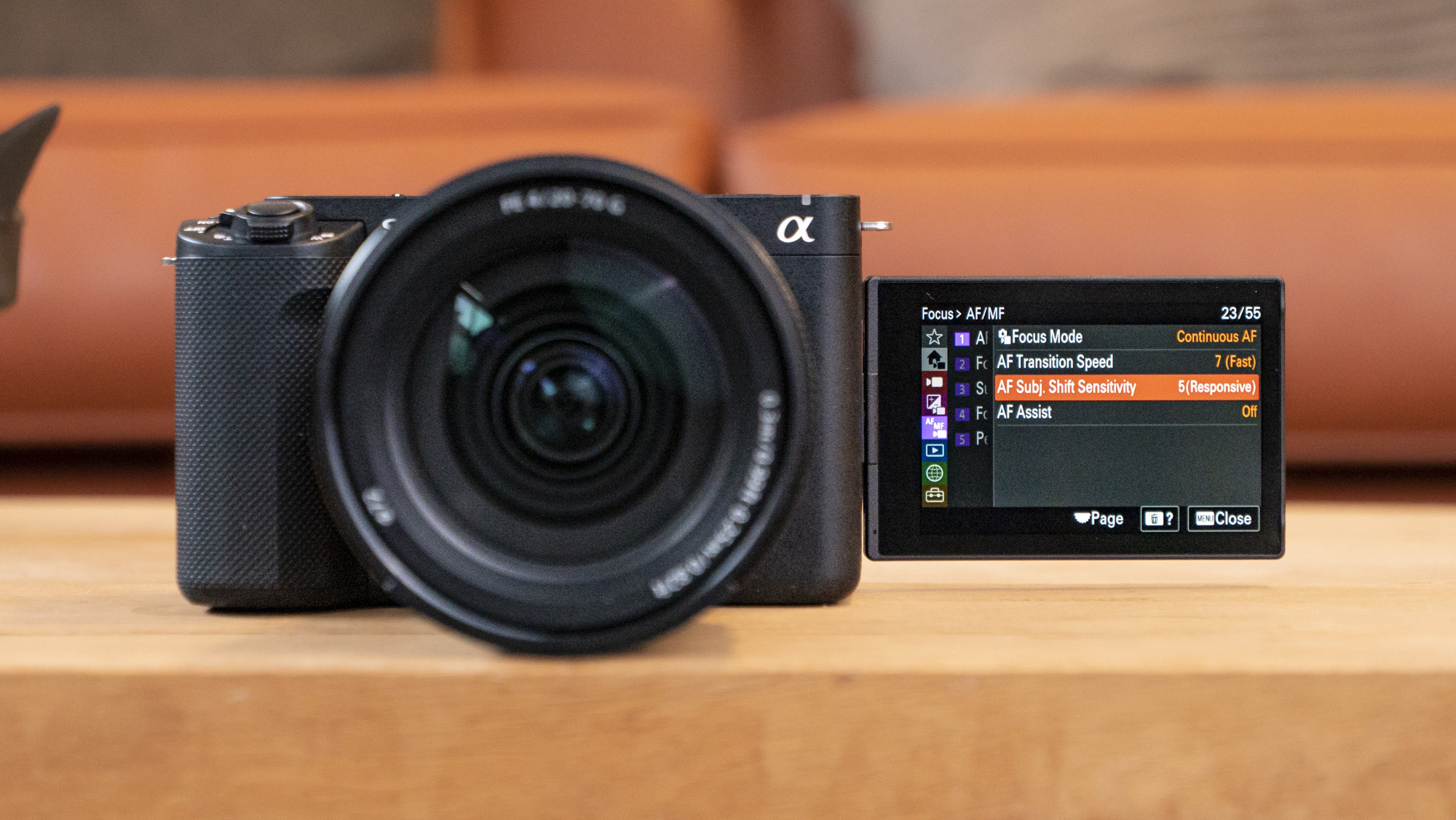
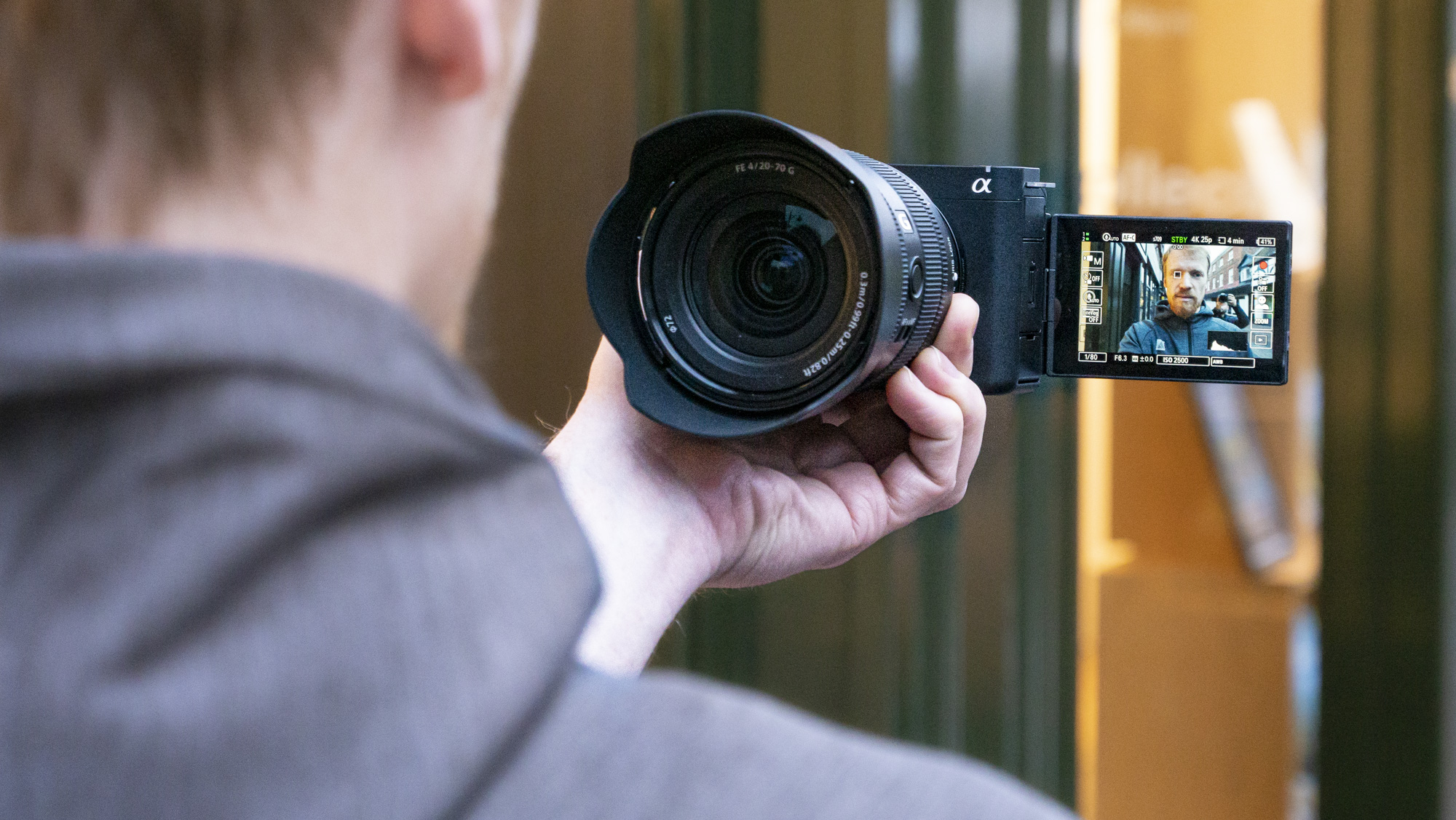
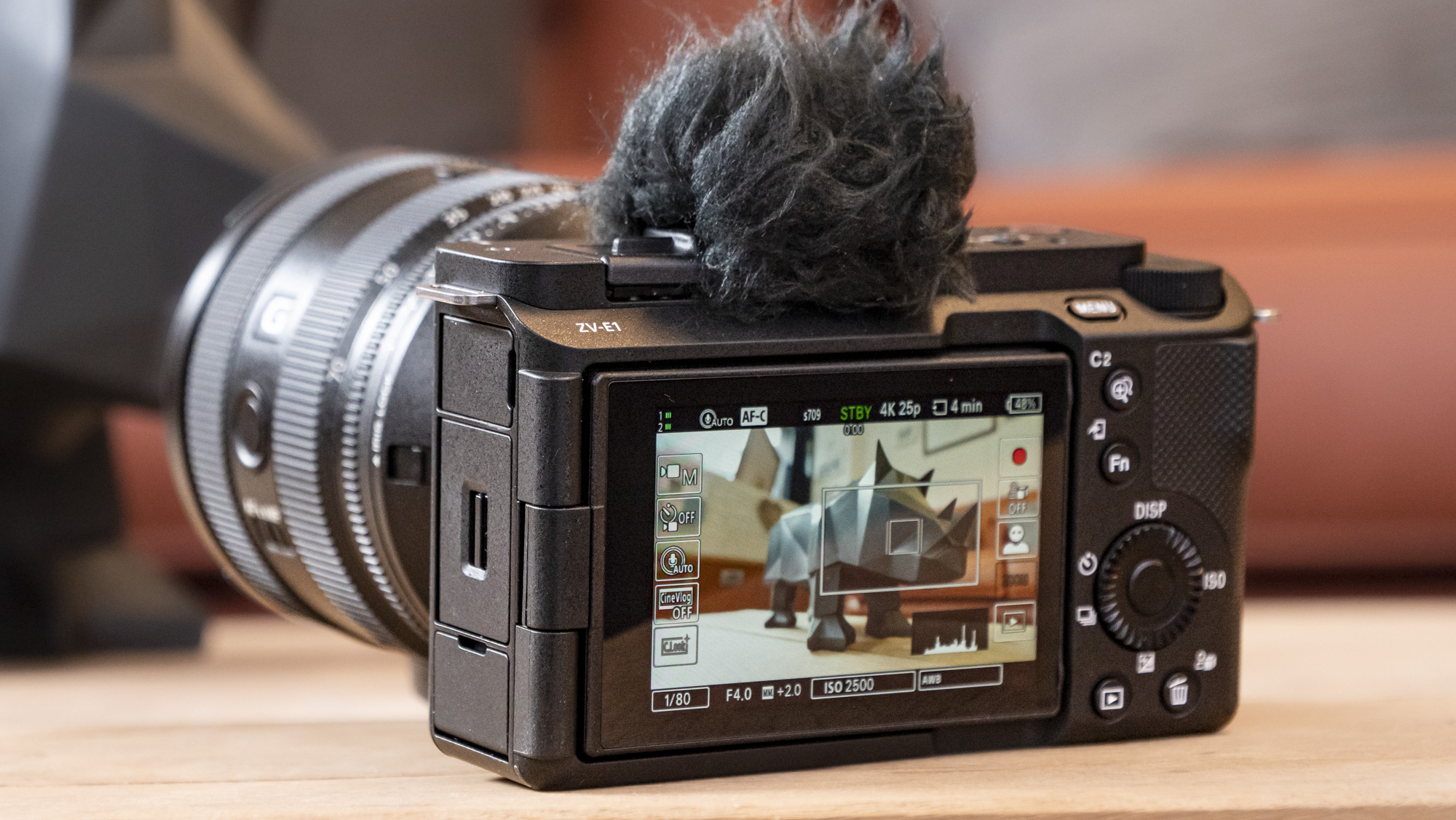
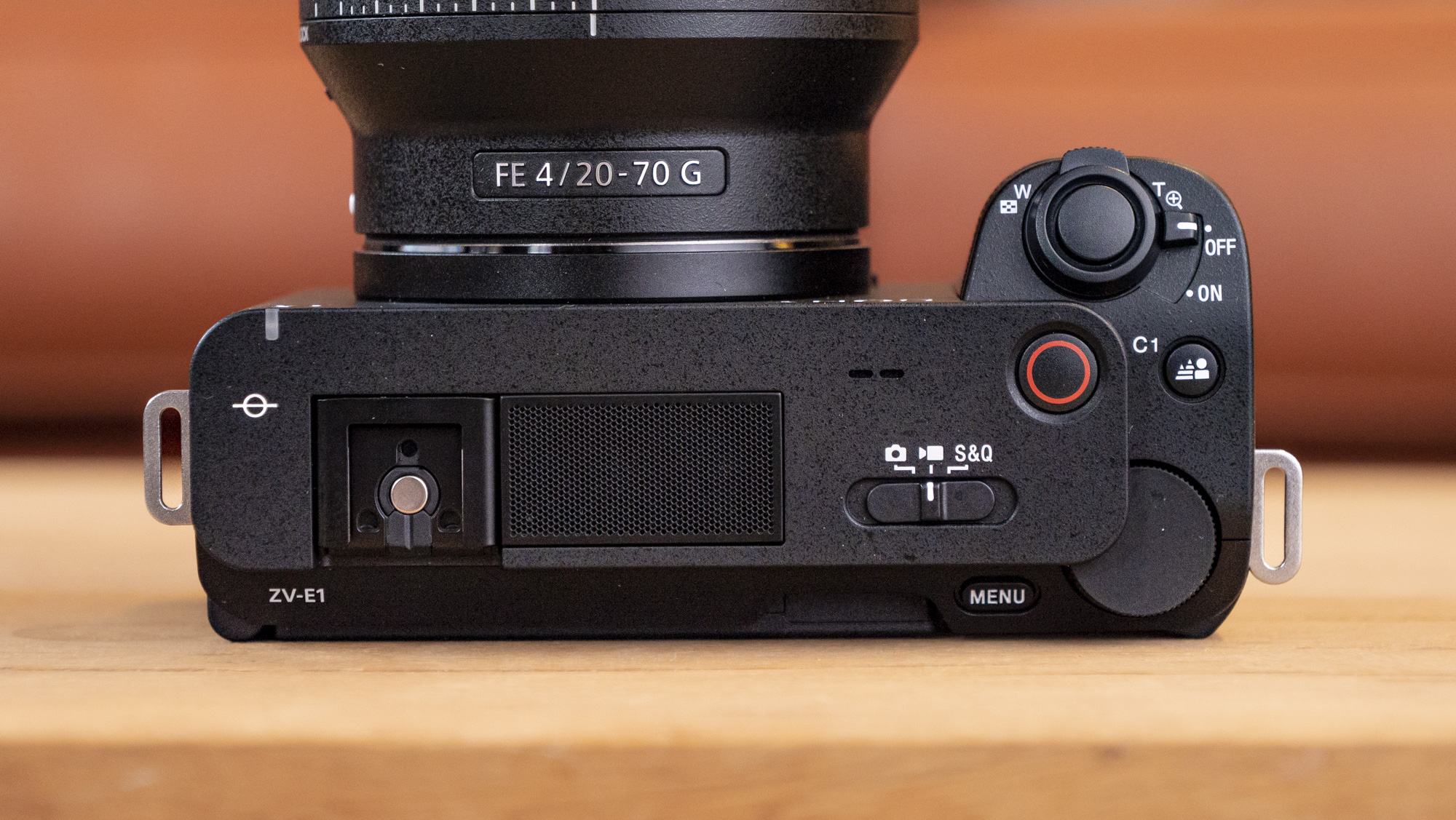
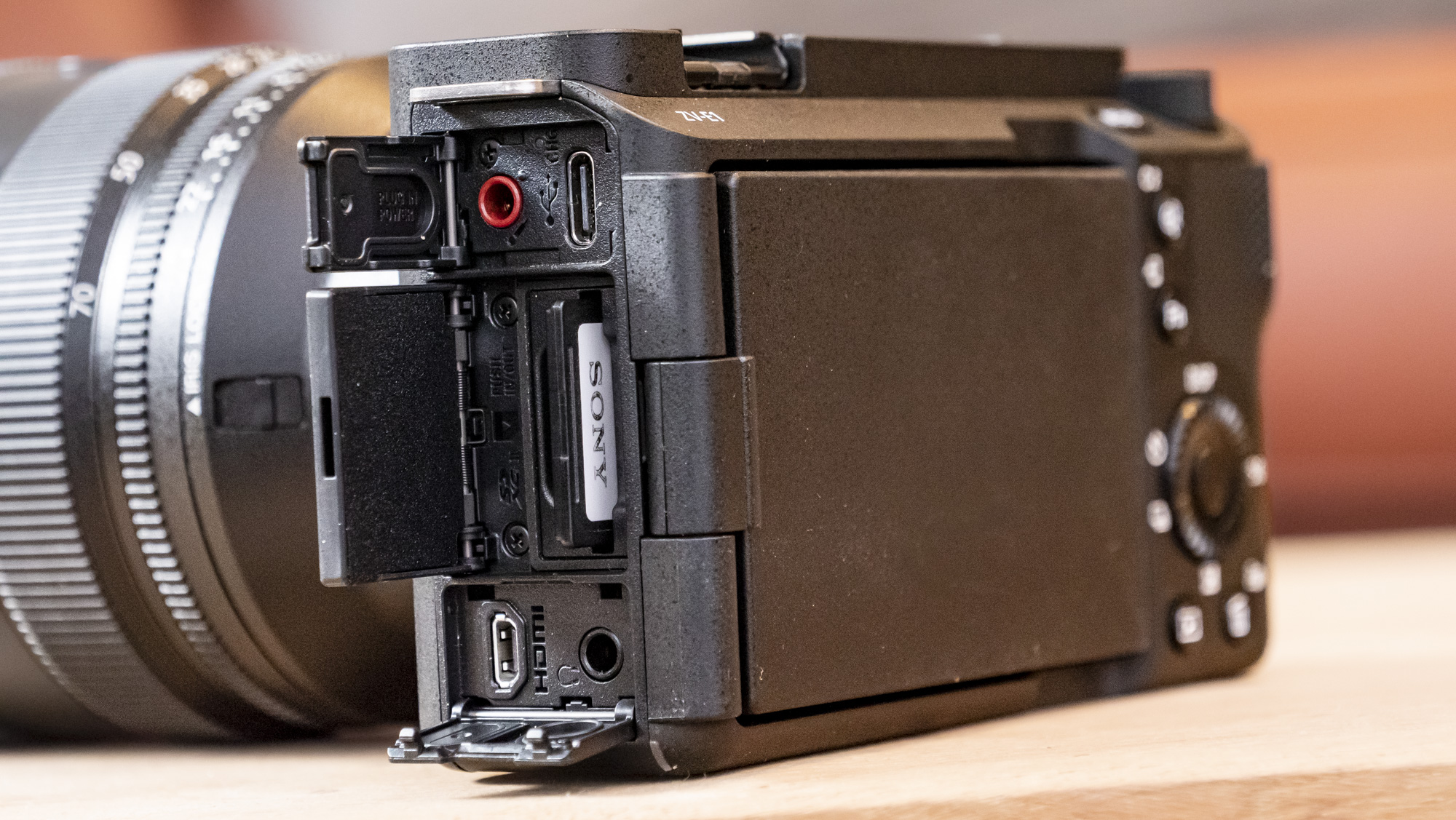
Specifications
Reasons to buy
Reasons to avoid
Sony ZV-E1 sample video
✅ You work alone when creating content: AI-powered Auto Framing and stabilization tech make it easy to shoot high-quality video solo.
✅ You want a compact 4K tool: The ZV-E1 is small and lightweight, yet comes equipped with camera tech from the incredible A7S III.
❌ You're a power user: It's feature-packed, but the ZV-E1 lacks the cooling vents, unlimited recording times and dual card slots of pro alternatives.
❌ You don't shoot slow-mo: If you don't need to record 4K at high frame rates, you might find better value from the Sony ZV-E10.
If you want a compact vlogging camera with class-leading video, we think the ZV-E1 should be top of your list. In our review, it delivered Sony’s best-quality 4K footage, harnessing the superlative 12.1MP sensor from the A7S III to deliver clean 4K/60p footage in any light. We found that its S-Cinetone color profile looks fantastic out of the camera, too, while its image stabilization system proved superb at smoothing handheld footage.
We found its body easy to carry and operate when shooting solo, weighing in as Sony’s lightest full-frame camera with in-body image stabilization. That said, we were slightly underwhelmed by the vari-angle LCD display, finding it hard to read outdoors. The camera’s proportions also come with compromises: there’s just a single card slot and no cooling vents. But with class-leading AI smarts that mean footage is almost always in focus, plus an Auto Framing trick that tracks the subject as if there’s a manual operator, the Sony ZV-E1 has huge potential for vloggers working alone to capture 4K content.
Read our in-depth Sony ZV-E1 review
The best enthusiast 4K camera
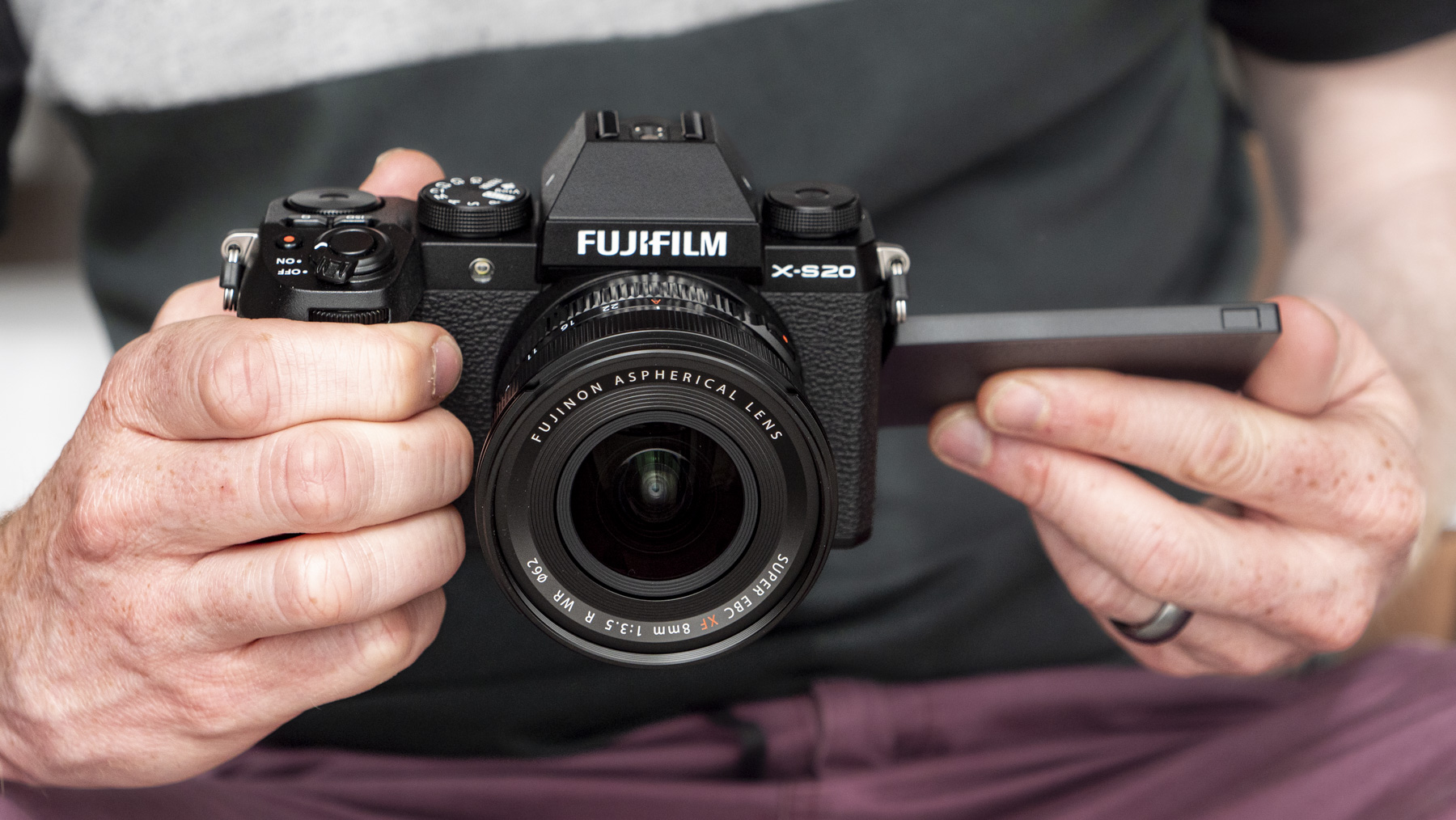
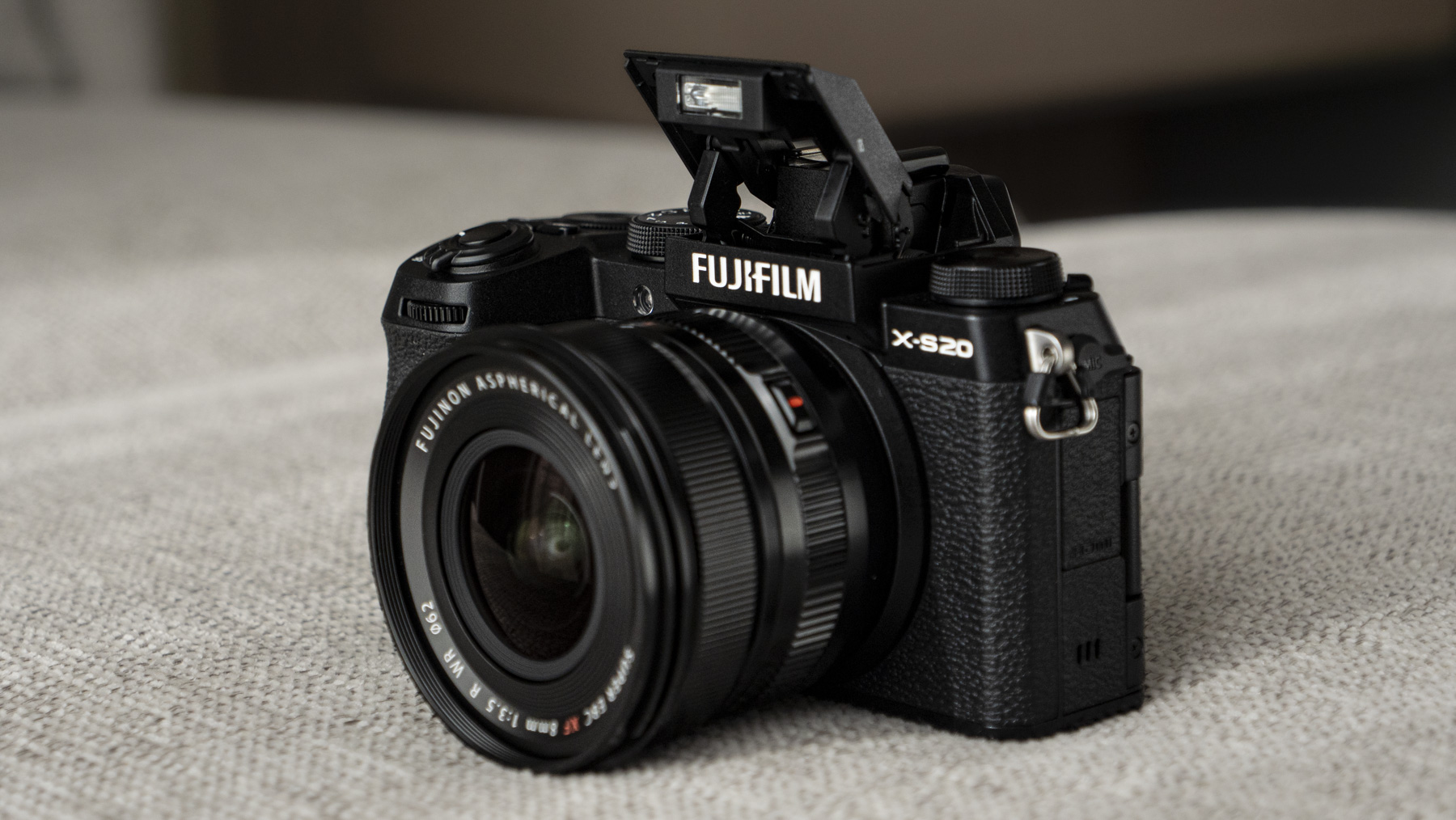
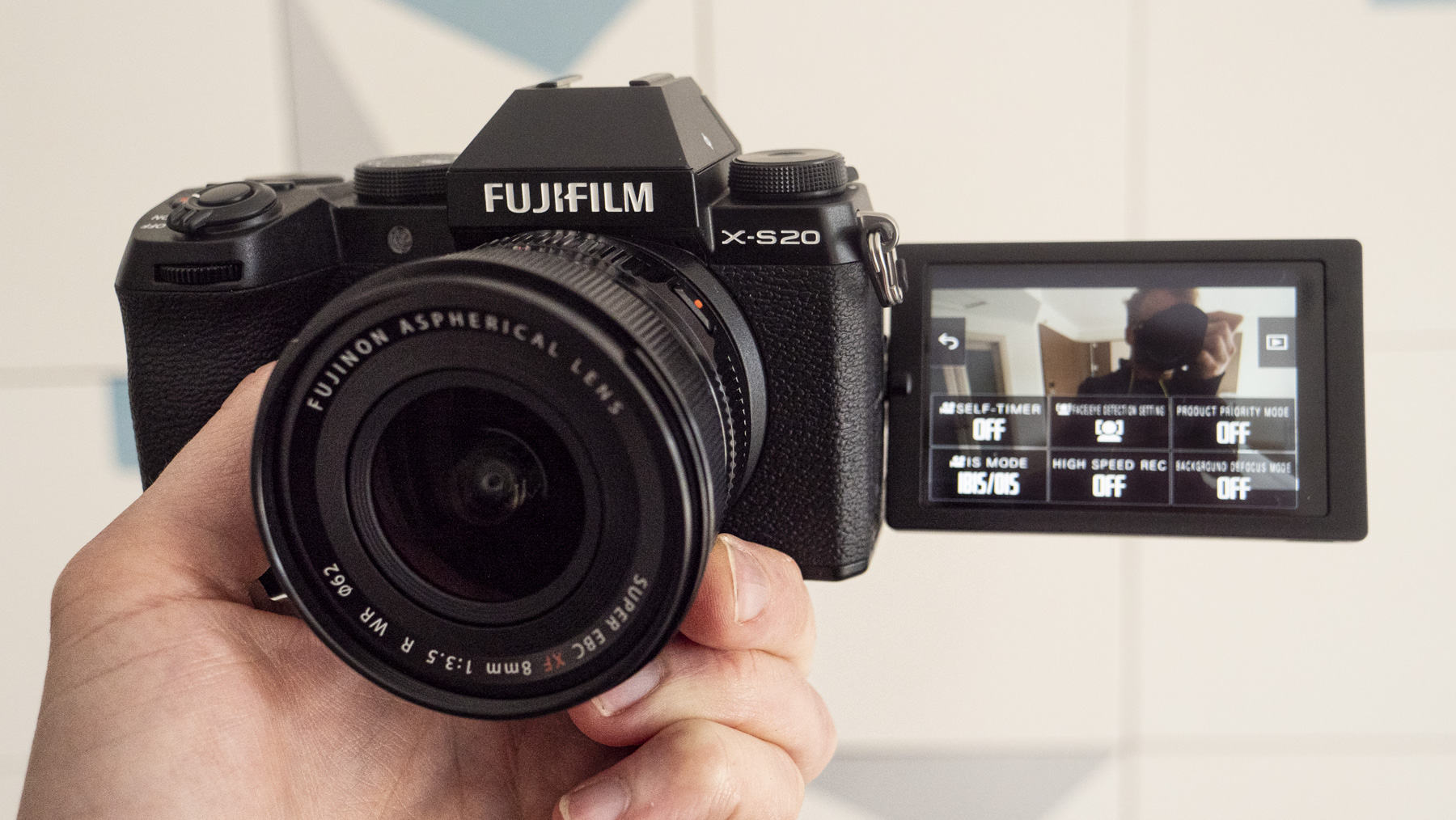
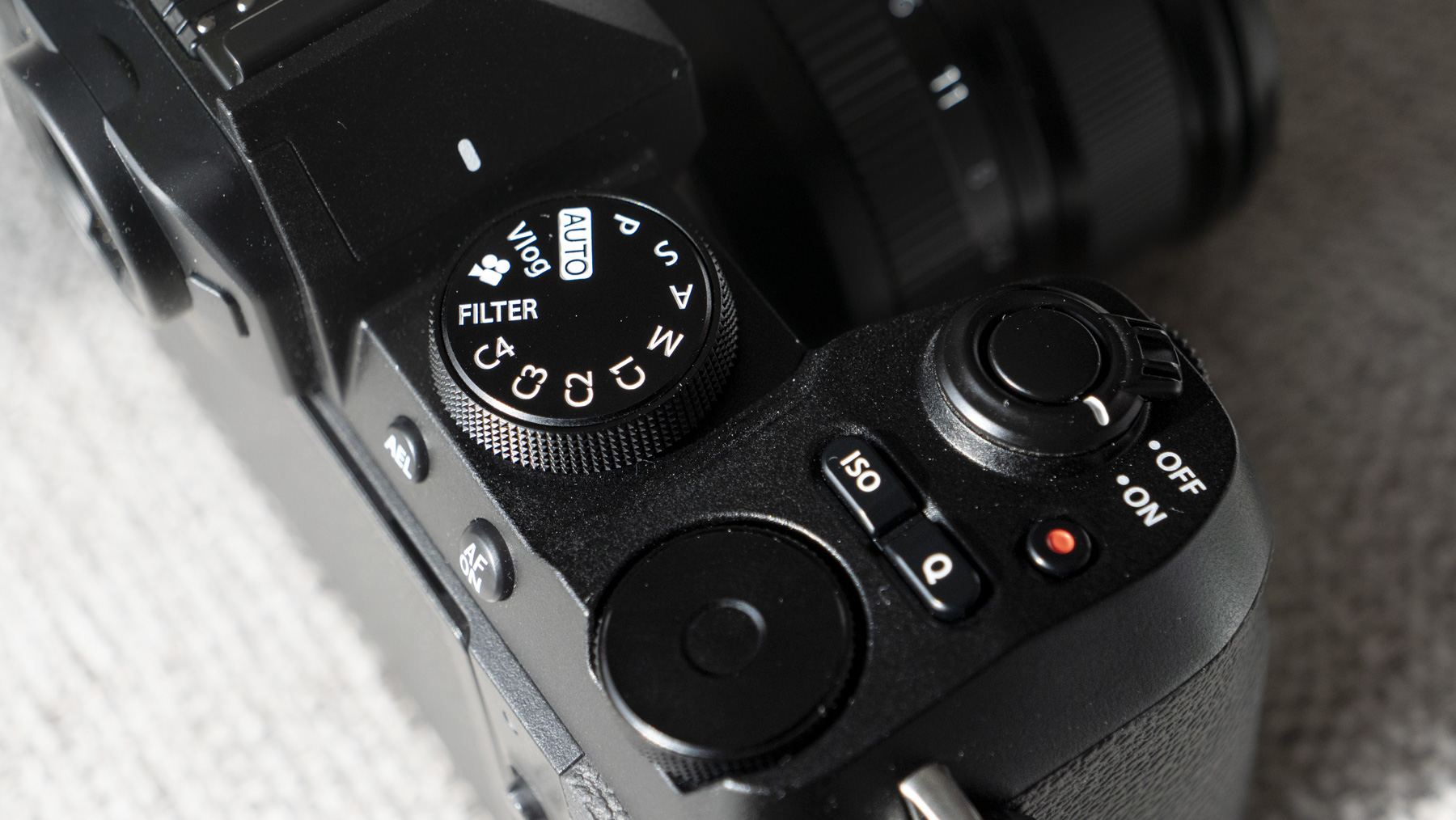
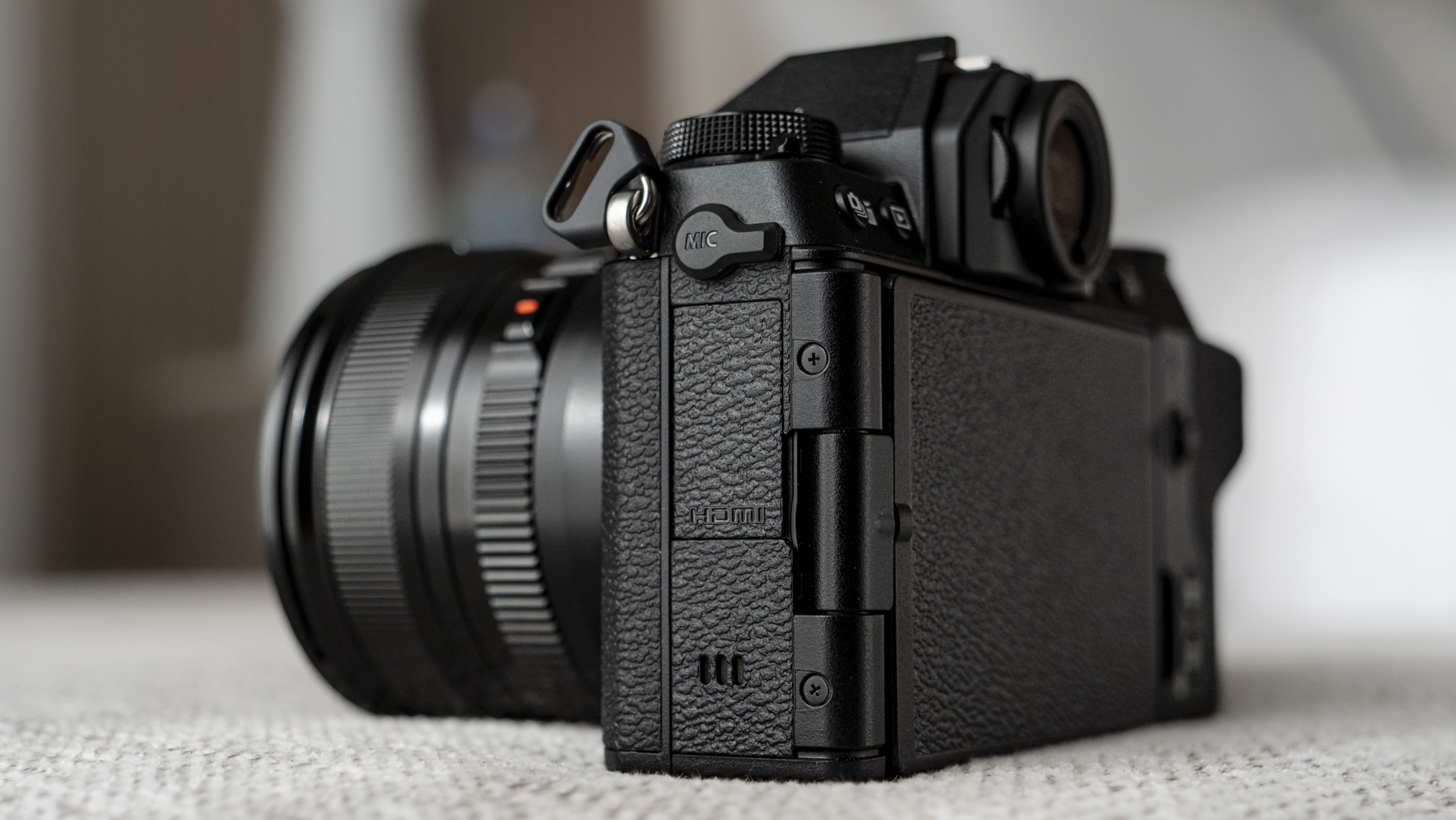
Specifications
Reasons to buy
Reasons to avoid
Fujifilm X-S20 video sample
❌ You need a tough camera: The X-S20 is well put together but doesn't have the weather-sealing offered by something like the Panasonic Lumix GH6.
❌ You want a full-frame camera: The X-S20's video chops are impressive, but the full-frame Panasonic Lumix S5 II can be found for not much more.
✅ You're a learner looking to grow: Its entry-level Vlog mode and impressive 10-bit video spec make the X-S20 fit for novices and improvers alike.
✅ You want to shoot all day: With double the longevity of its predecessor, the X-S20 is a camera that can last for most of the day.
In our review, we found just two main points of complaint with the Fujifilm X-S20: it’s more expensive than the X-S10 and still lacks weatherproofing. Other than that, we think it’s one of the best all-rounders for video enthusiasts. Physically, it has the same body as the X-S10, making it a comfortable camera to shoot both stills and video with. We also appreciated its simplified dials in testing, as well as the improved battery life: the X-S20 lasts twice as long as its predecessor.
The 26.1MP sensor is as it was before, but the X-S20 upgrades its abilities with 6K/30p open-gate 4:2:2 10-bit internal recording. Together with support for ProRes RAW, this feature set is more than beginners will need, but also gives the X-S20 a generous amount of versatility for videographers. At the other end of the spectrum, we found the Vlog mode makes it easy for new users to create content. With proven stills performance as well, the X-S20 represents a compelling hybrid.
Read our in-depth Fujifilm X-S20 review
The best professional hybrid 4K camera
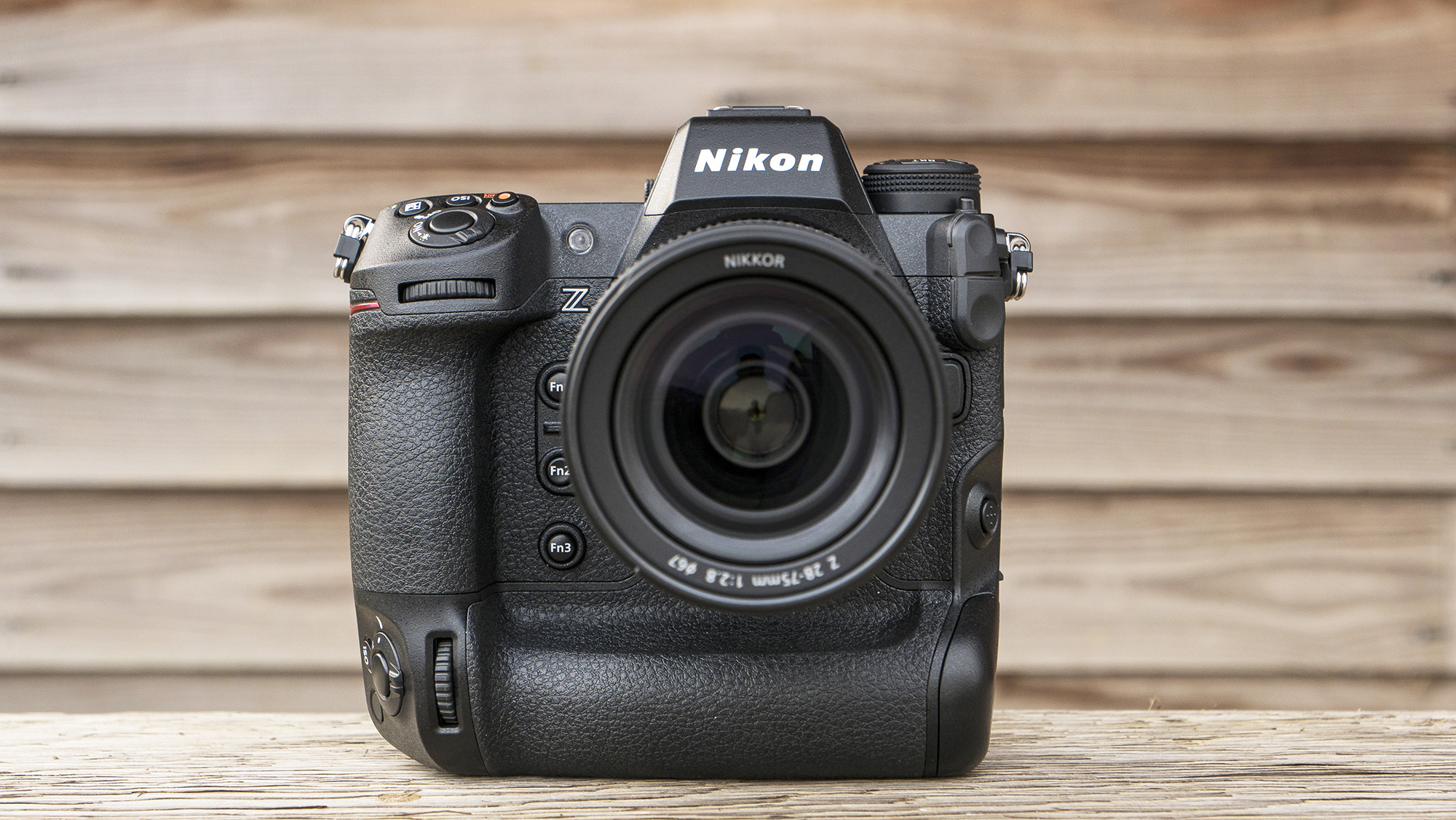
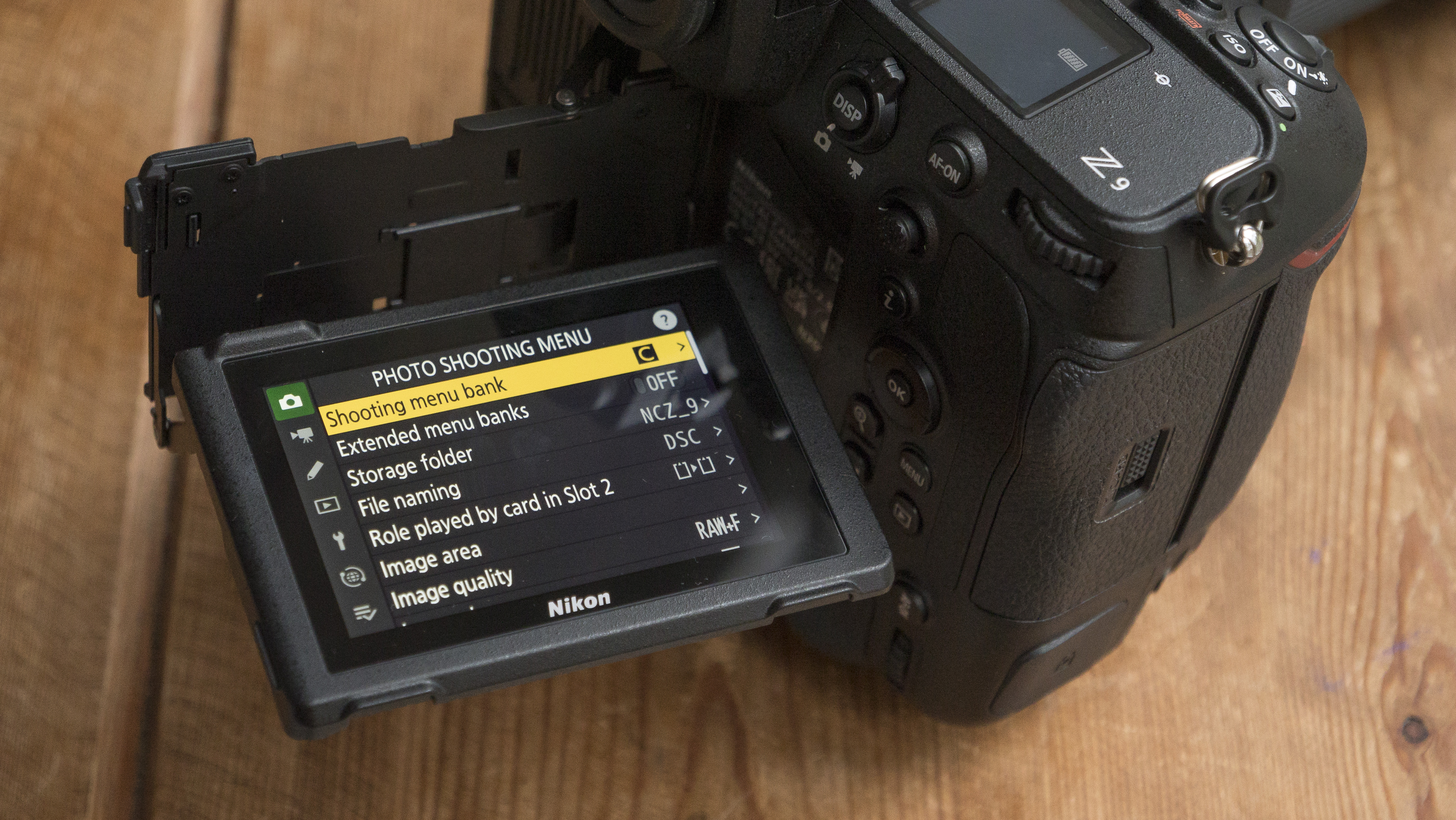
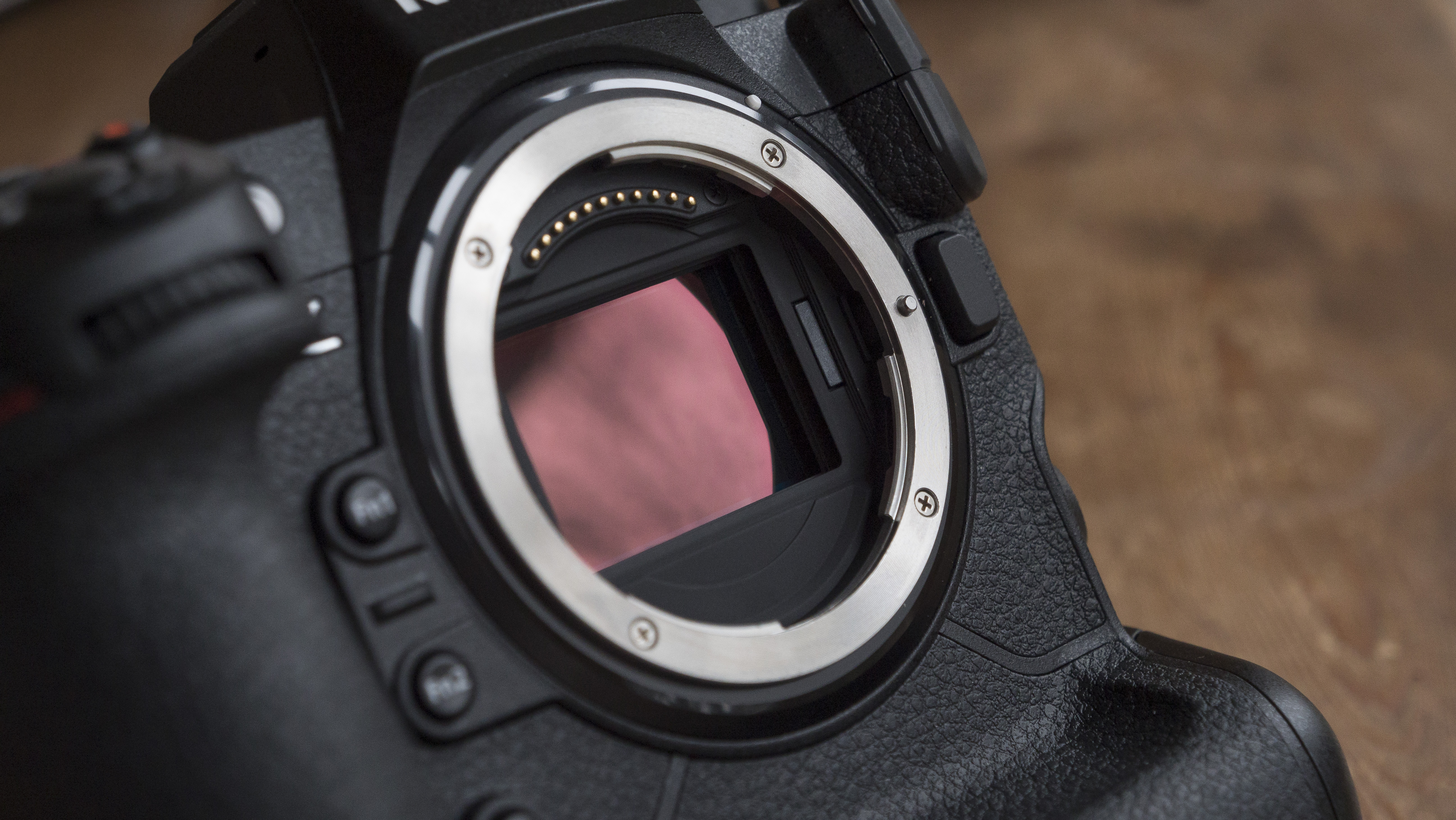
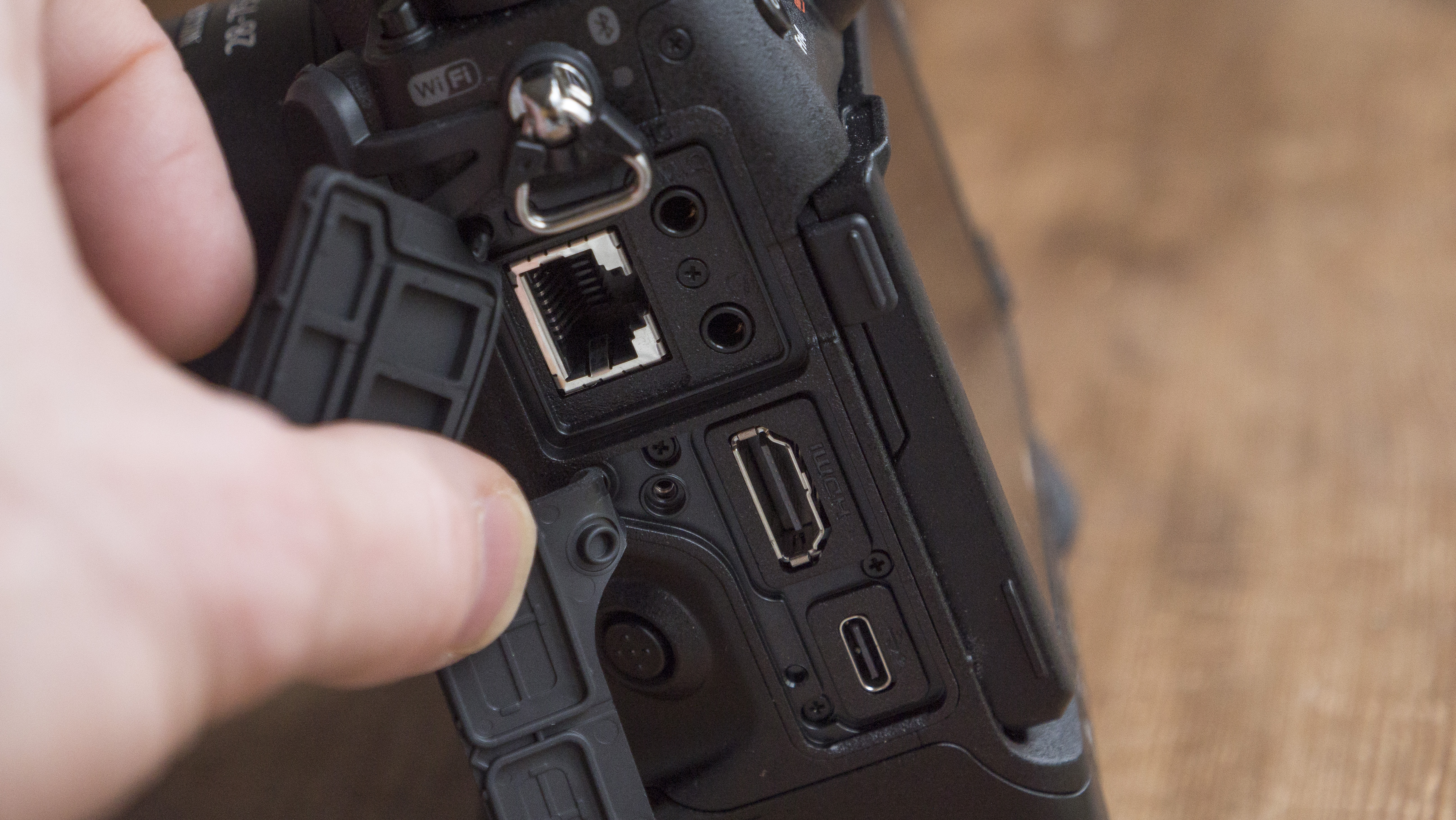
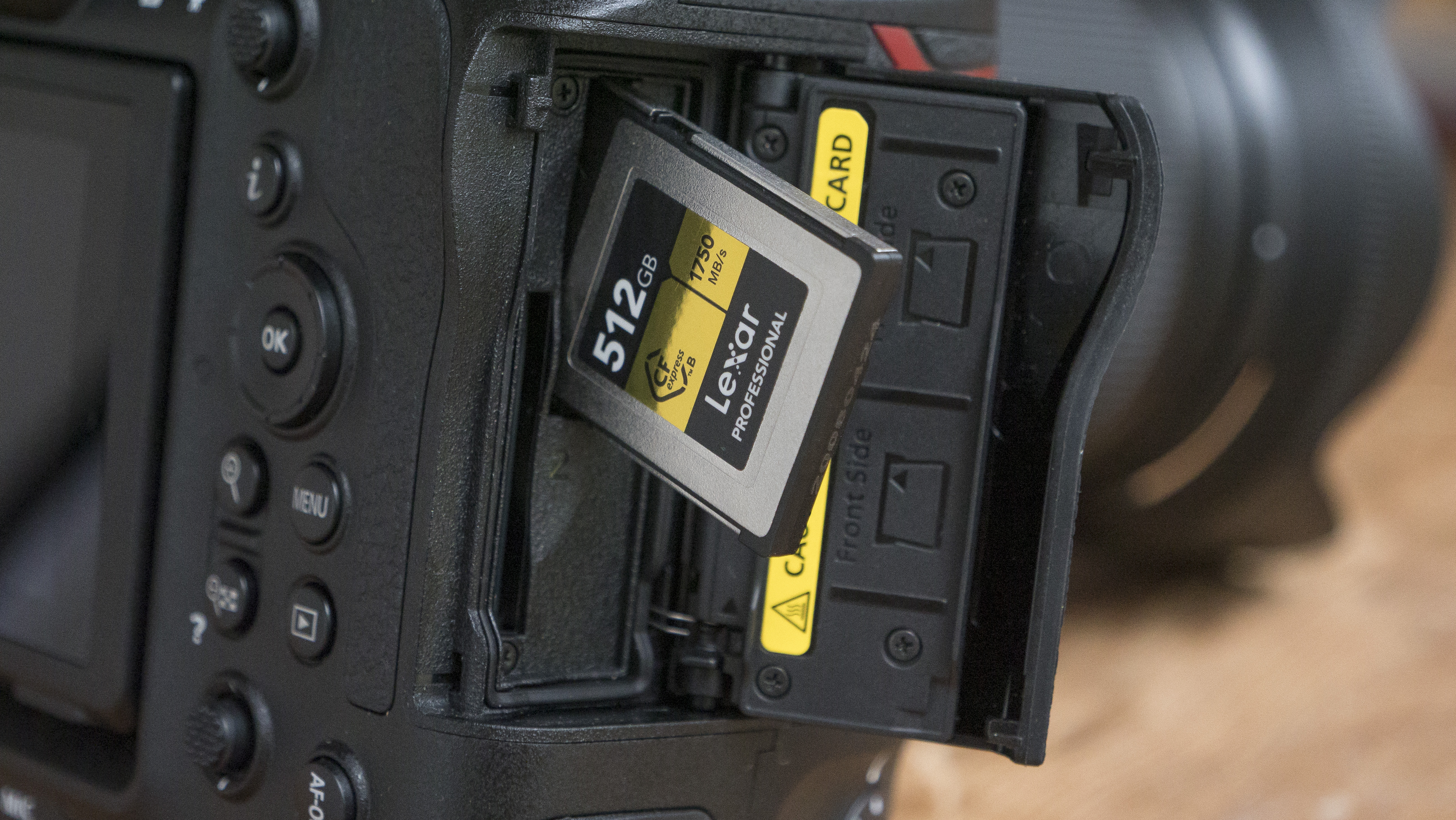
Specifications
Reasons to buy
Reasons to avoid
✅ You want a video workhorse: 8K video, 4K/120p slow-mo and a suite of video features make this an appealing hybrid for shooting footage.
✅ You want a reliable camera: Built tough and benefitting from strong battery life, the Nikon Z9 is designed to see you through long shoots.
❌ You want a portable camera: It handles well, but the Nikon Z9 is a heavyweight camera that's bulkier than many in this list.
❌ You don't need a stills powerhouse: If you're only planning to shoot video, you can save money by looking at something like the Blackmagic Cinema Camera 6K.
With no mechanical shutter, Nikon’s full-frame flagship sets a benchmark for professional hybrids. While its blistering stills performance will make it a hit with sports and wildlife photographers, it also benefits from class-leading video capabilities. Thanks to a recent firmware update, that includes internal 8K video recording at 60fps. It can also shoot 4K slow-mo at 120fps, or standard 4K using the full width of its sensor. In testing, results were predictably sharp, a fact helped by decent image stabilization and reliable Eye AF tracking.
Supremely fast scan rates mean we didn’t experience any rolling shutter during our review, while solid battery life and generous 125-minute 8K recording times mean the only limitation is likely to be your memory card. That’s all in addition to remarkable stills performance, plus a handy dual-axis tilting touchscreen that we think filmmakers will find handy. If you can handle its tough, bulky design, the Z9 is a top all-rounder for expert videographers – and one that's priced more competitively than the Canon EOS R3.
Read our in-depth Nikon Z9 review
How to choose the best 4K camera for you
How to choose the best 4K camera for you
The best 4K cameras will allow you to record bright, sharp footage in a range of scenarios. Resolution is a key benchmark when selecting a video camera – and every model in the buying guide above can capture footage in 4K, with some going up to 6K and even 8K.
Though the biggest numbers generally translate into the sharpest footage, they may be overkill for you. 8K requires high-performance memory cards and editing tools that can handle the resulting file sizes. Most enthusiast videographers will find factors other than resolution more significant.
Frame rates, for example, are really important to keep in mind. The best 4K cameras can record footage at 60fps for slick real-time shots, as well as buttery-smooth 120fps for slow-motion b-roll – although many cameras can only capture slow-mo at lower resolutions.
You should also keep color profiles and output formats in mind. The top 4K cameras give you the flexibility to record in a way which fits with your workflow. Depending on your setup, that might mean a specific log profile, such as V-Log. Most of the top 4K cameras support log profiles, giving videographers the opportunity to tweak color grading in post-production. The very best models can also record 10-bit video internally for greater depth of color (but larger file sizes).
Other factors to consider will come down to your skill level and how you like to shoot videos. Image stabilization is a must if you want to capture video handheld, but it’s less of an issue if you use a gimbal. Equally, tracking autofocus is handy if you’re upgrading from a smartphone, but it’s not a dealbreaker if you’re already familiar with manual tracking.
A large sensor is great for those who like to record in low-light conditions. Physical design is also worth thinking about: if you tend to shoot solo, aspects like an articulating touchscreen and ergonomic handgrip are useful, as are accessible controls.
And don’t forget about accessories: most of the best 4K cameras include ports for connecting external microphones and headphones, which allow you to transform your 4K footage with professional audio. If your shooting style requires certain peripherals, such as a battery grip or hot-shoe attachment, check that they’re compatible before buying a new 4K camera.
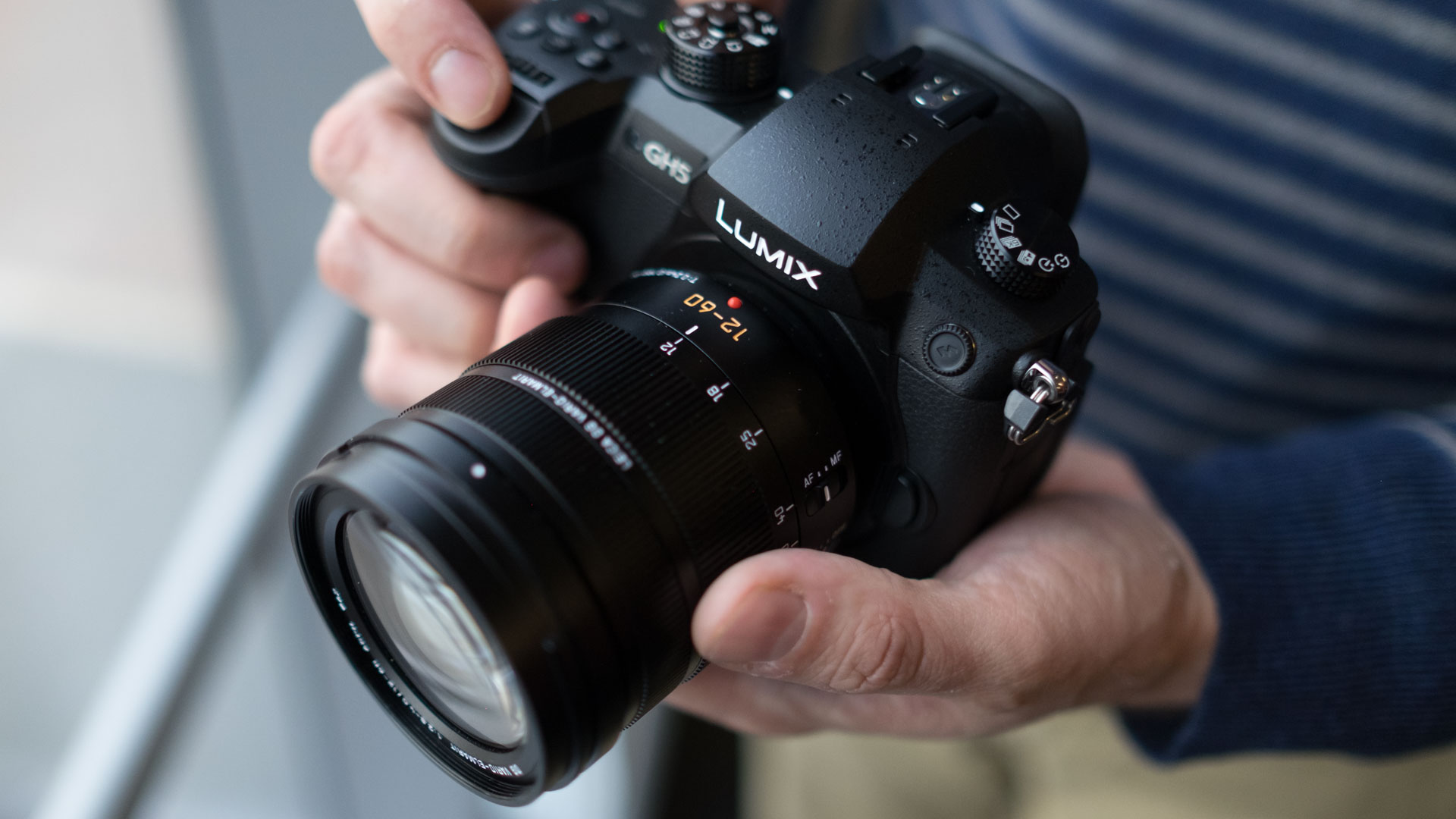
Do you need a 4K camera for streaming?
Many streamers use a 4K camera to capture and share live content in real-time. The main benefit of using a 4K camera for streaming is that it generally offers a sharper, more detailed image than one with 2K resolution. You can also downsample footage to 1080p from the full 4K video feed, which gives you greater flexibility (especially if you’d like to crop in on part of the frame).
However, you don’t necessarily need a 4K camera for streaming. Due to bandwidth constraints, many people only watch videos at 1080p, so 4K may be overkill for your audience – especially if they stream your content on their smartphone’s smaller screen (and using a cellular data connection).
In addition, your own internet connection will need to be fast enough to maintain a steady stream of 4K footage, which is significantly more data-hungry than Full HD. It’s also important to note that, while several cameras support live-streaming, many 4K cameras will actually only allow you to stream at 1080p.
Other factors are usually more important for streamers than resolution alone. This might include in-camera support for direct live-streaming. Panasonic’s GH5 Mark II, for example, can stream 1080p footage straight to platforms like YouTube via Wi-Fi. Equally, aspects such as support for external microphones will be more useful for streamers and vloggers who talk to their audience while on camera.
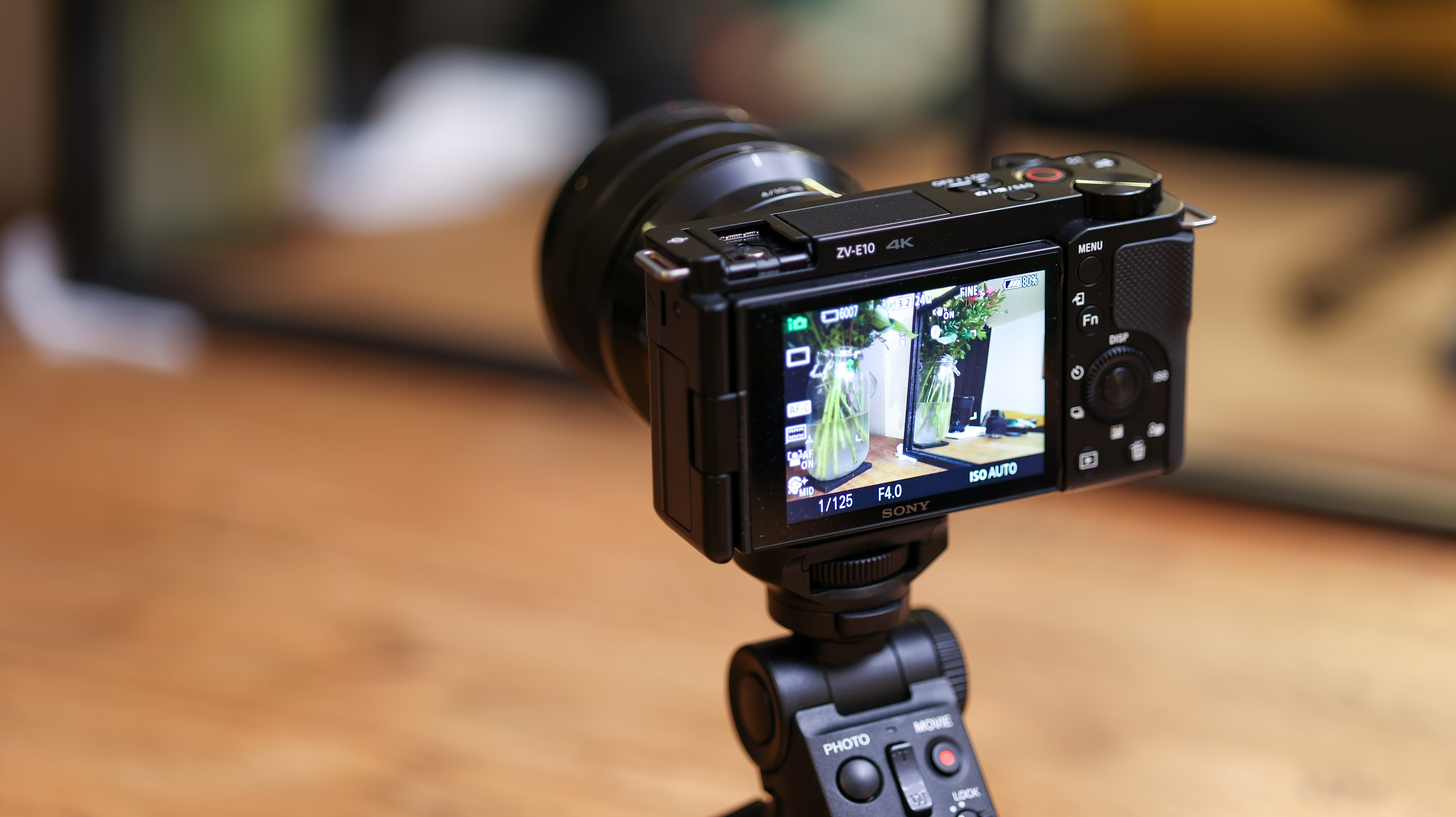
How we test 4K cameras
Spec sheets can only tell you half the story. That’s why we take every 4K camera out into the real world, to see how it fares in the kind of shooting conditions that most users will encounter.
We usually start with an assessment of build quality and usability. That means checking how durable a camera feels, how easily it handles and what it’s like to carry around for a full day of filming. We check how straightforward it is to operate, whether the control placement feels natural and how intuitive the overall interface is to work with.
We’ll then run each camera through a range of performance tests. That means capturing lots of footage in a variety of scenarios, including high-contrast scenes, studio setups and low lighting. We also take every camera out for a walk, before reviewing the footage to analyze both the overall quality and the effectiveness of any image stabilization system.
Because different users will have different demands of the same camera, we also test how well 4K cameras hold up at different frame rates, shooting slow-motion footage, as well as testing out the color profiles and bit-rates that are available. Finally, we’ll record longer clips to see whether a 4K camera has any recording time limitations, and to assess how its battery will hold up for demanding videographers.
Sign up for breaking news, reviews, opinion, top tech deals, and more.

For more than a decade, Chris has been finding and featuring the best kit you can carry. When he's not writing about his favourite things for Stuff, you'll find Chris field-testing the latest gear for TechRadar. From cameras to classic cars, he appreciates anything that gets better with age.
- Mark WilsonSenior news editor
